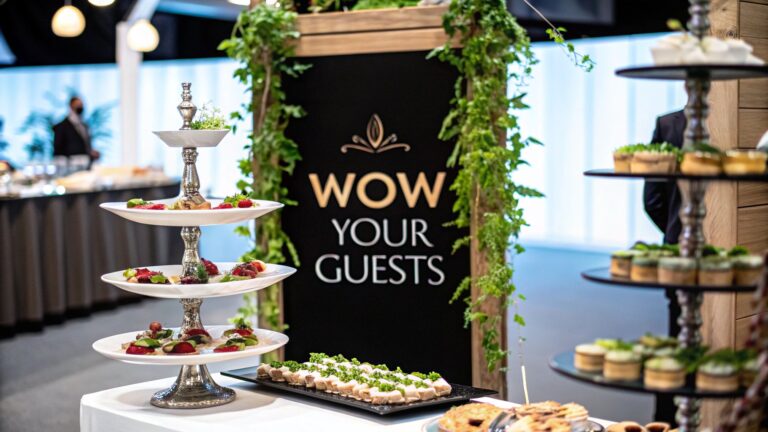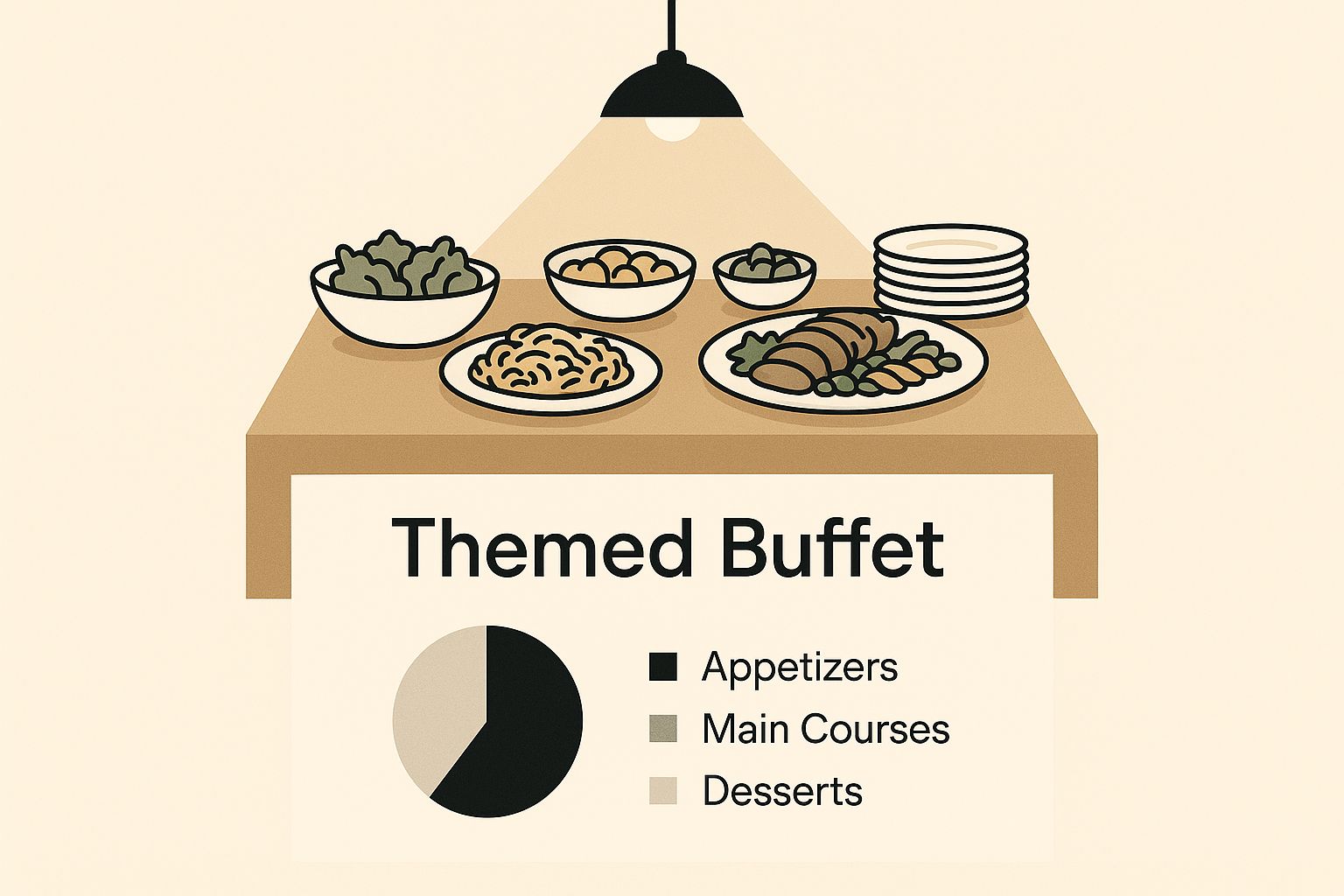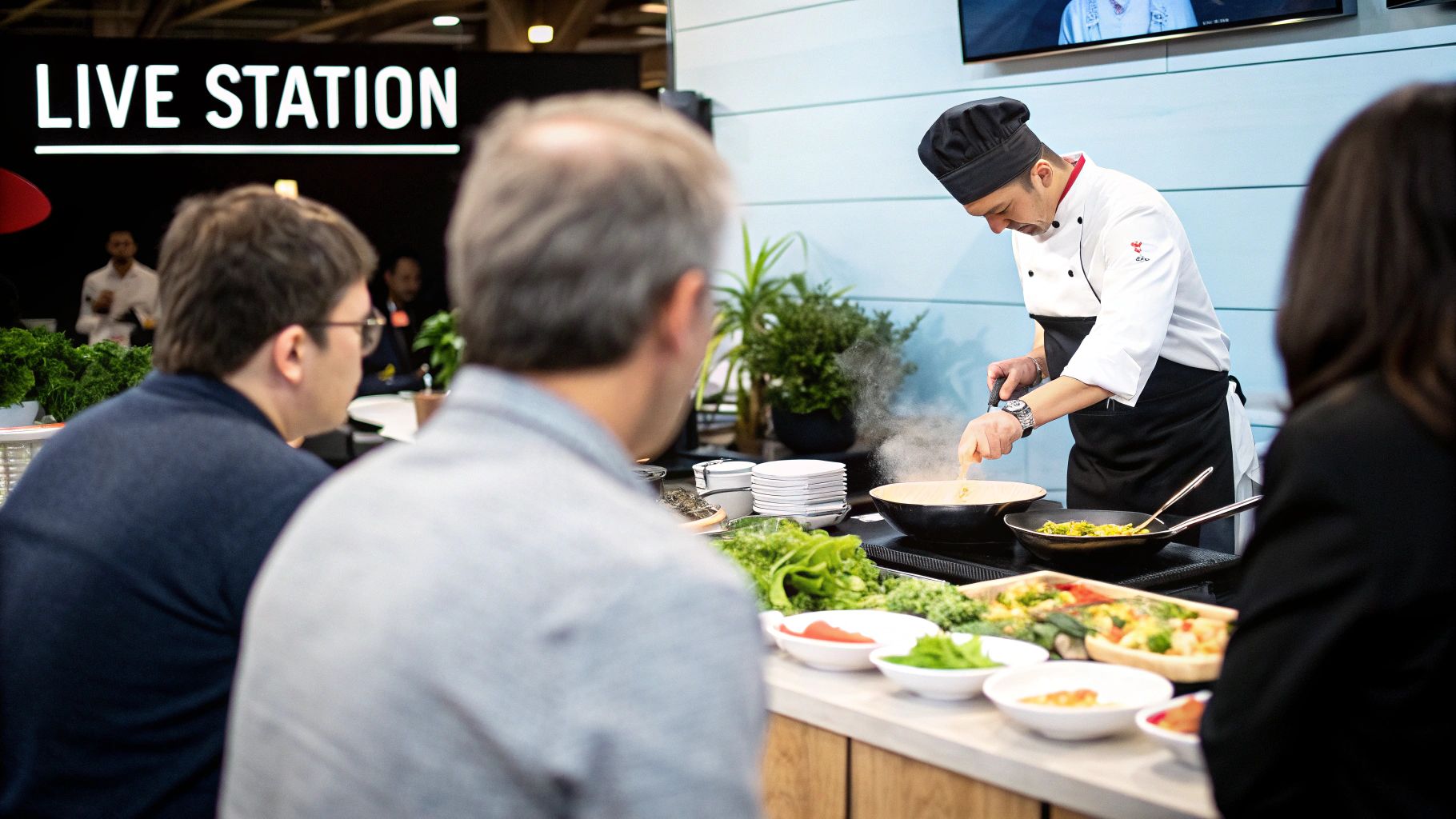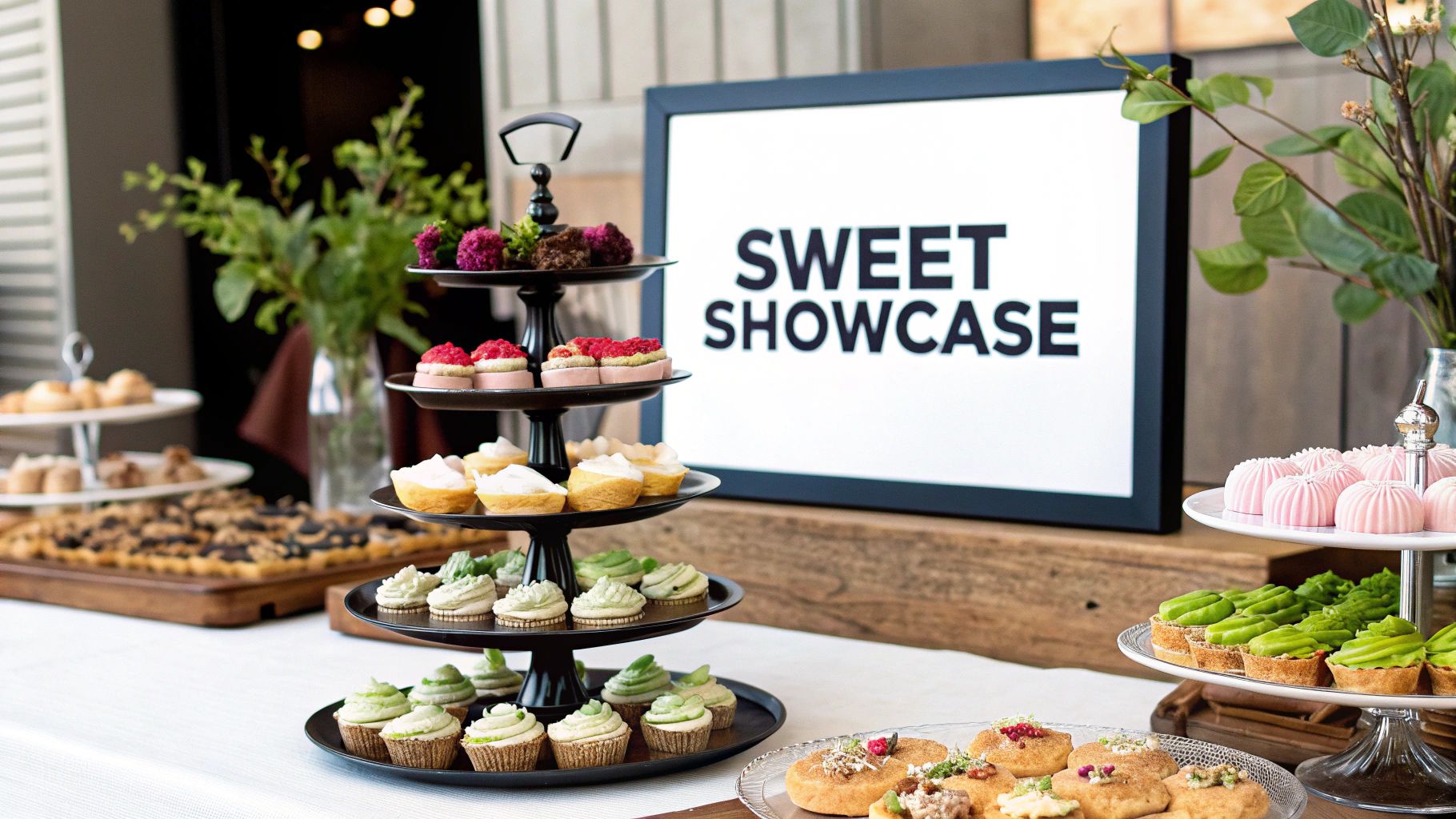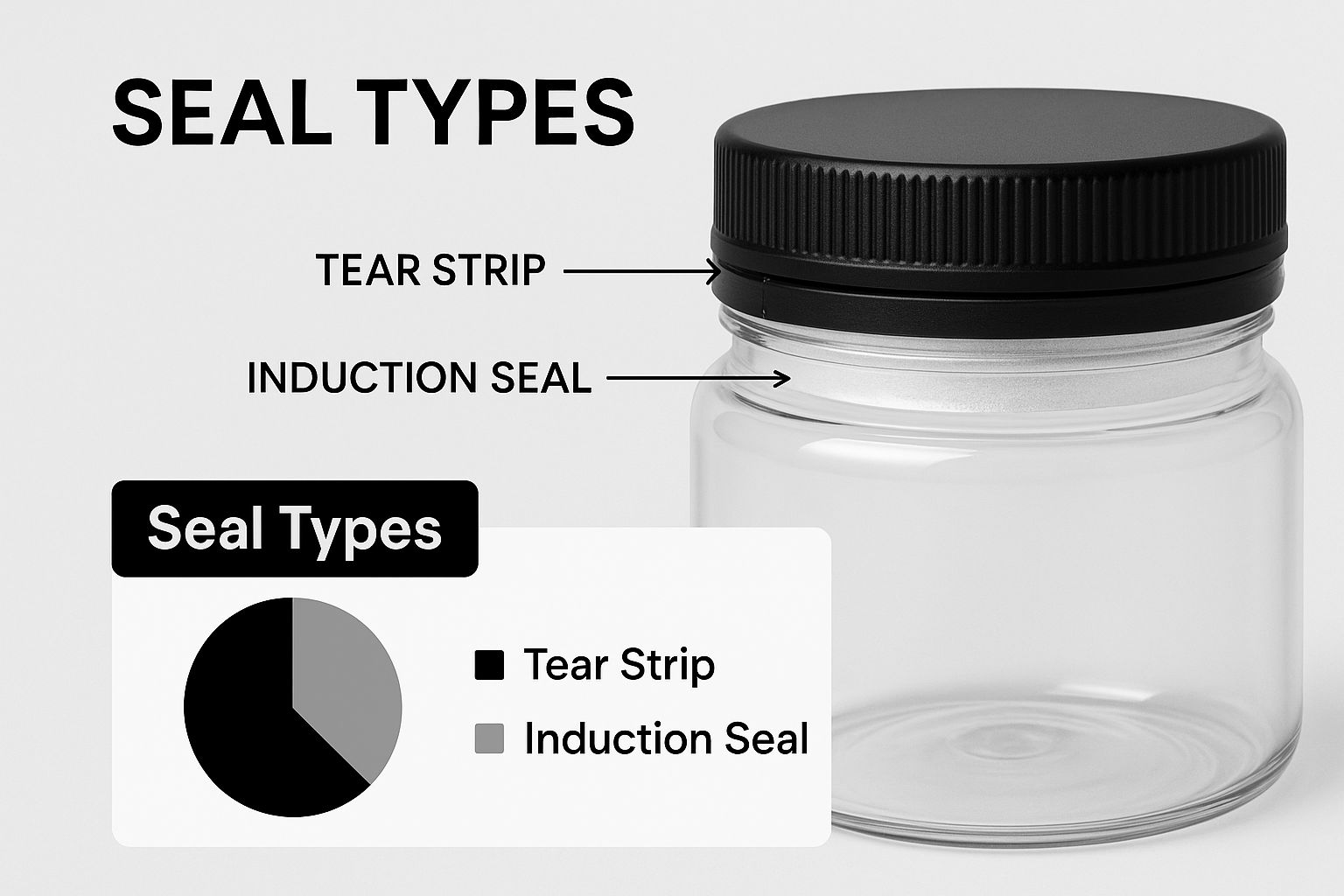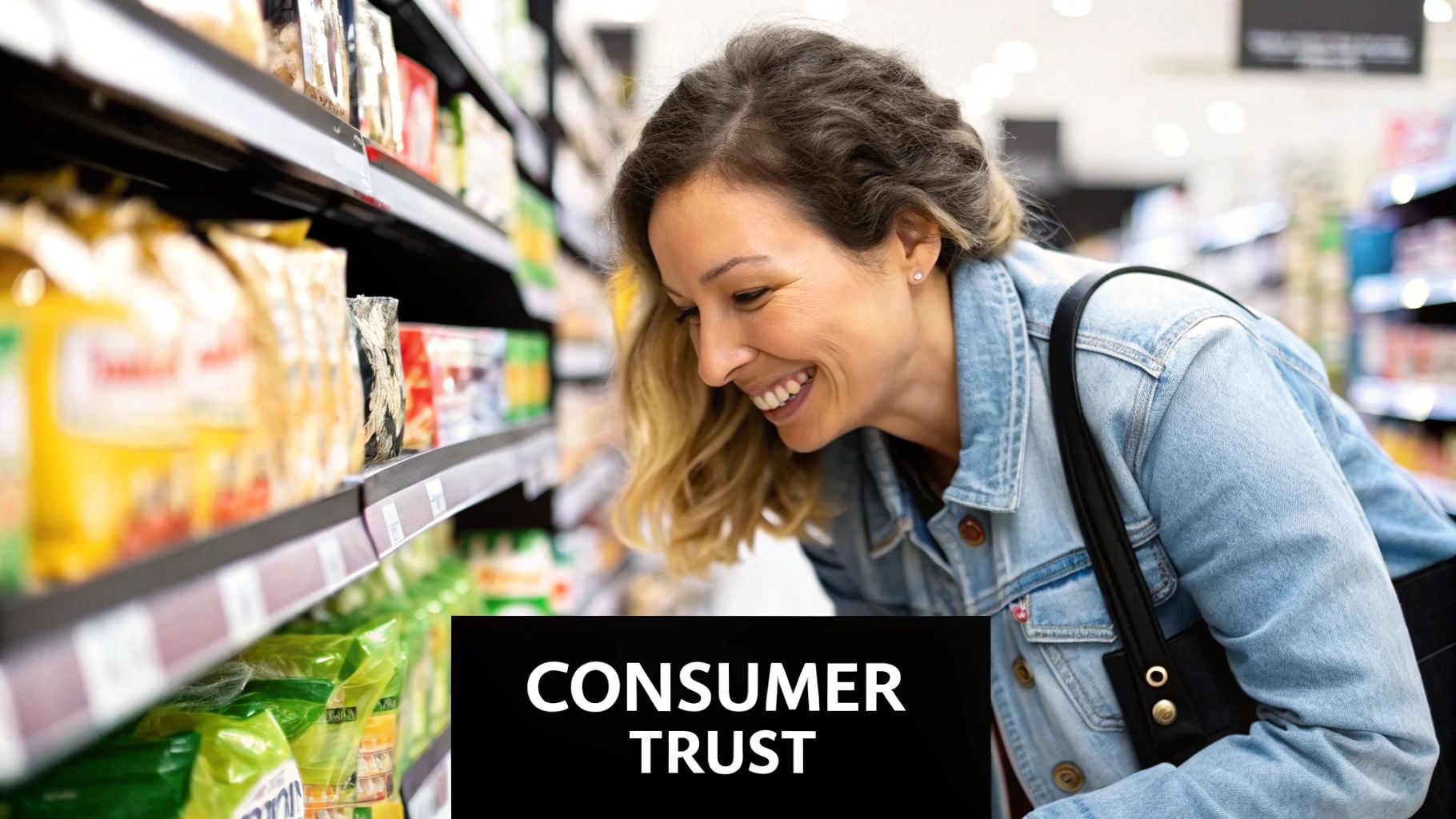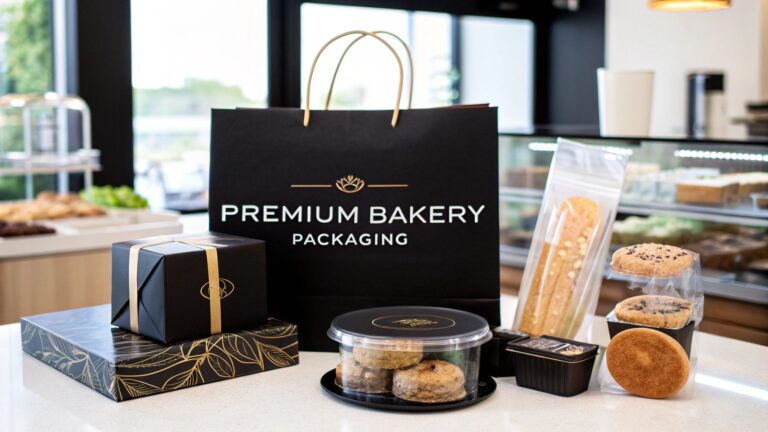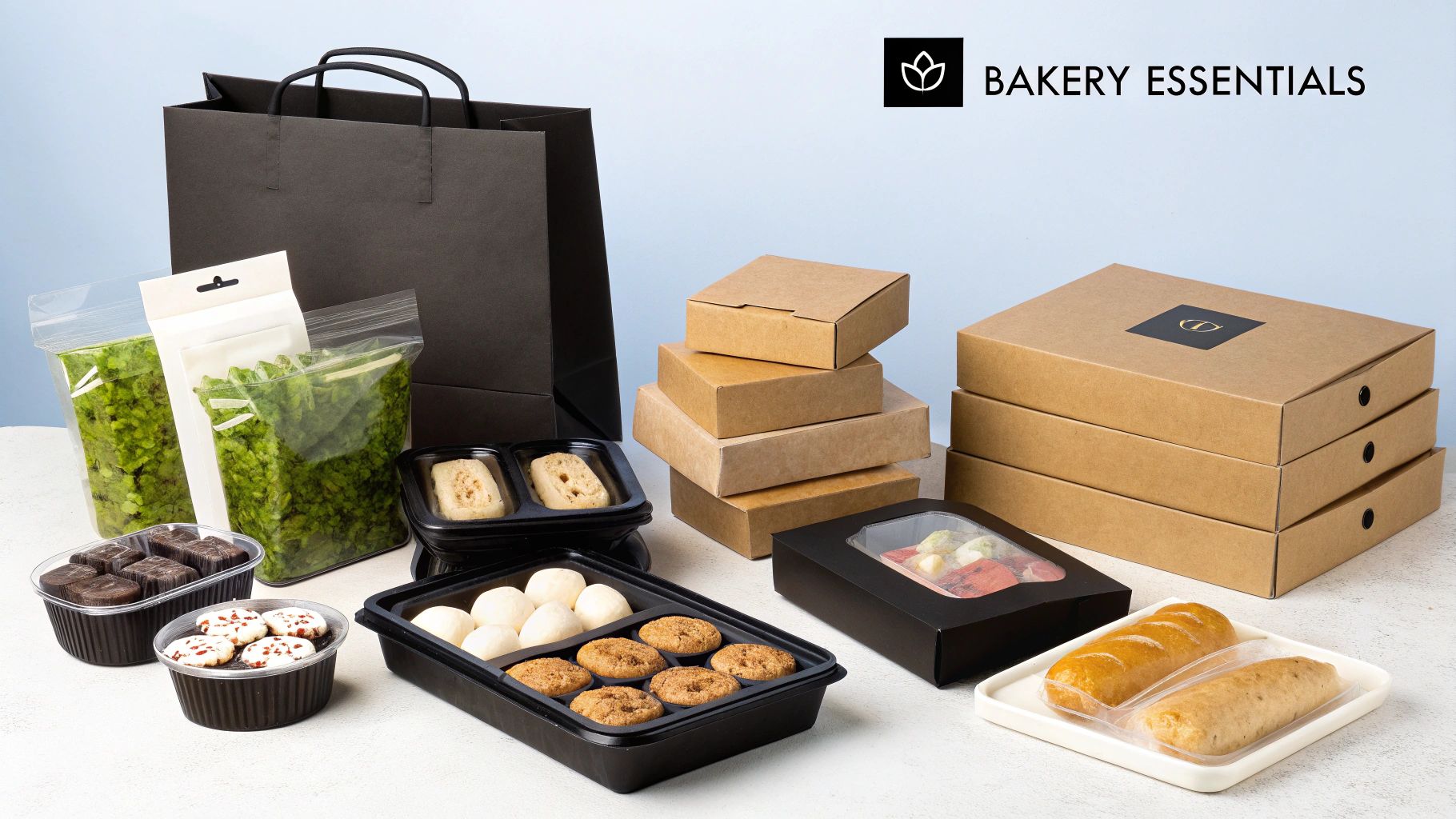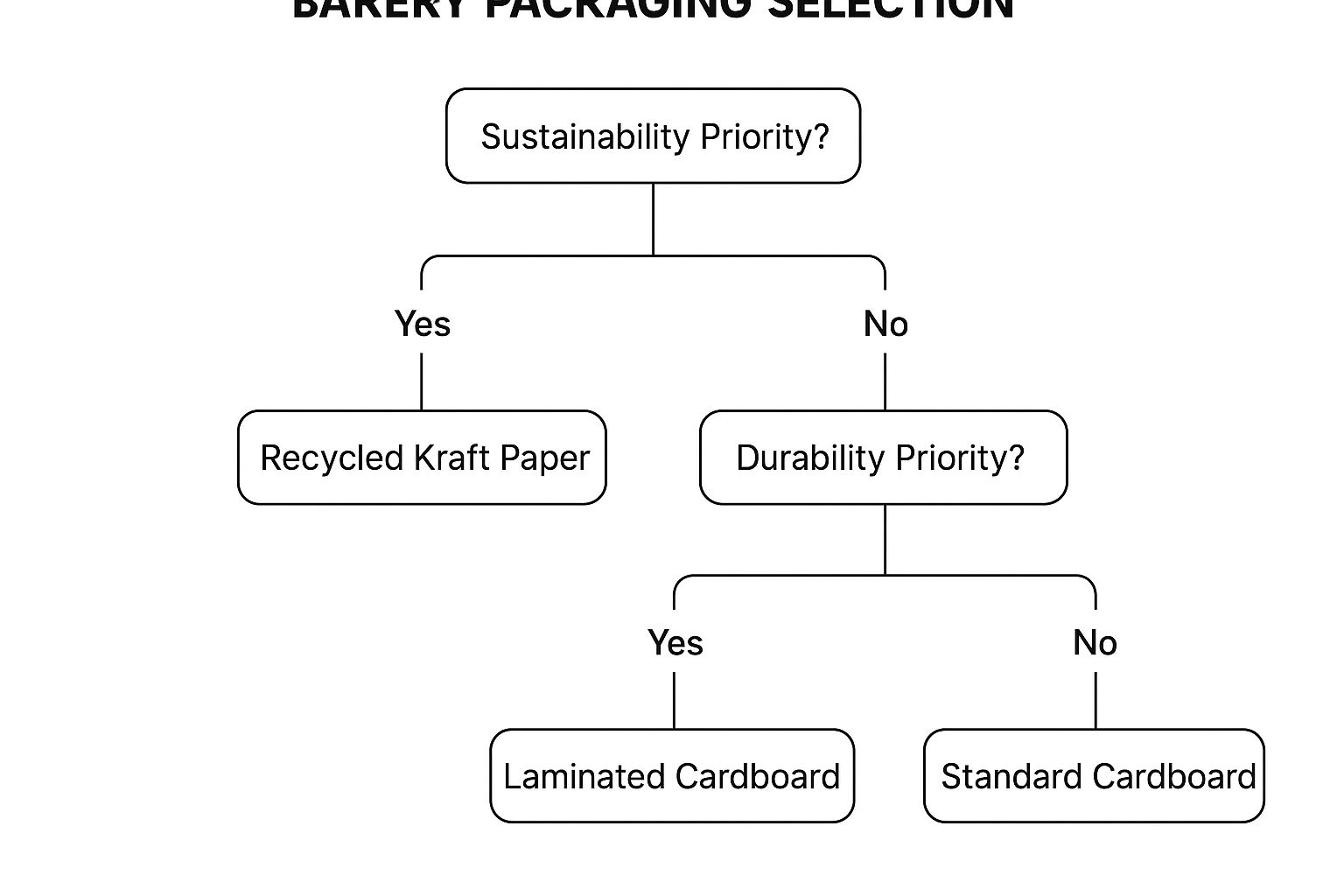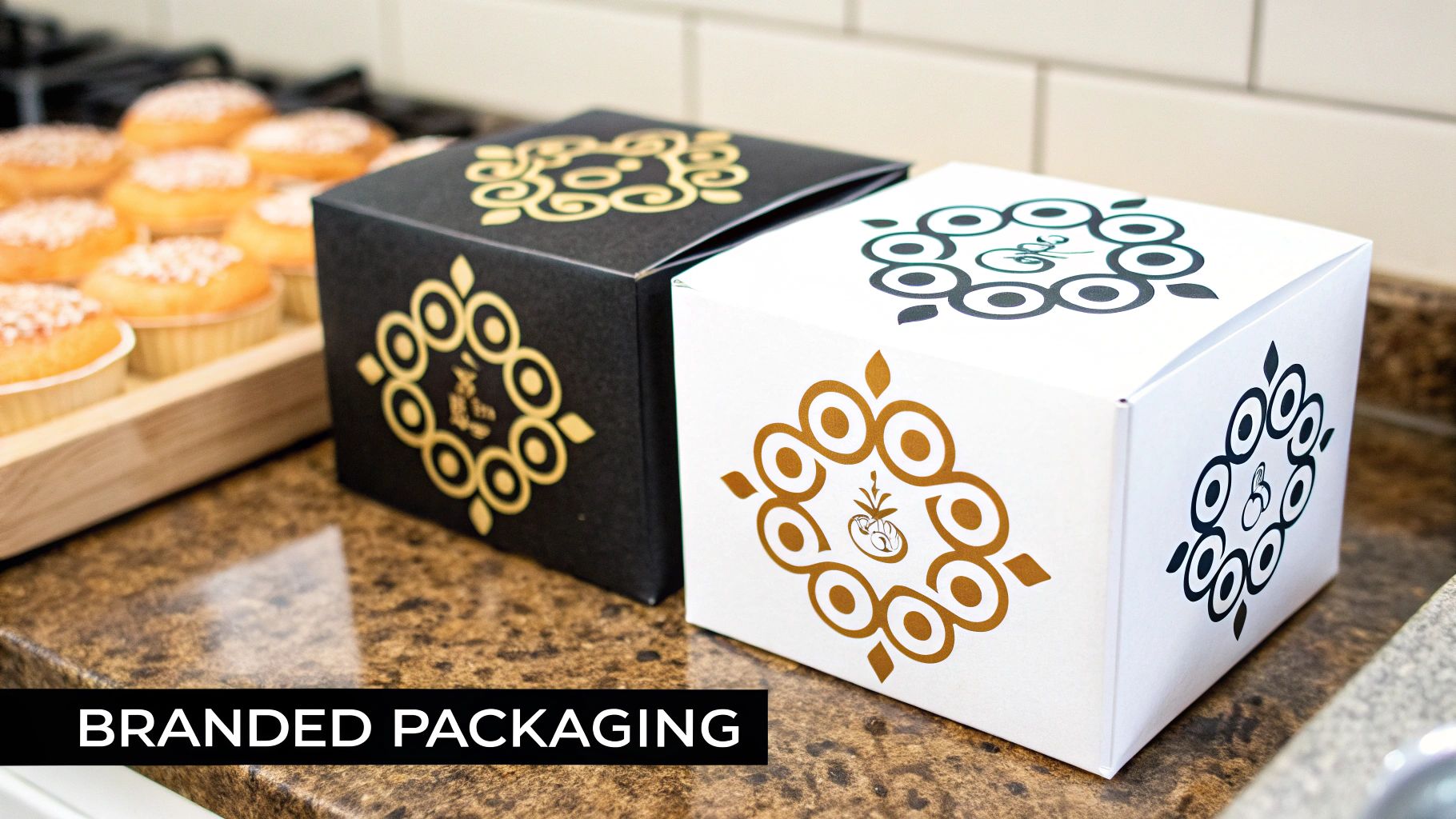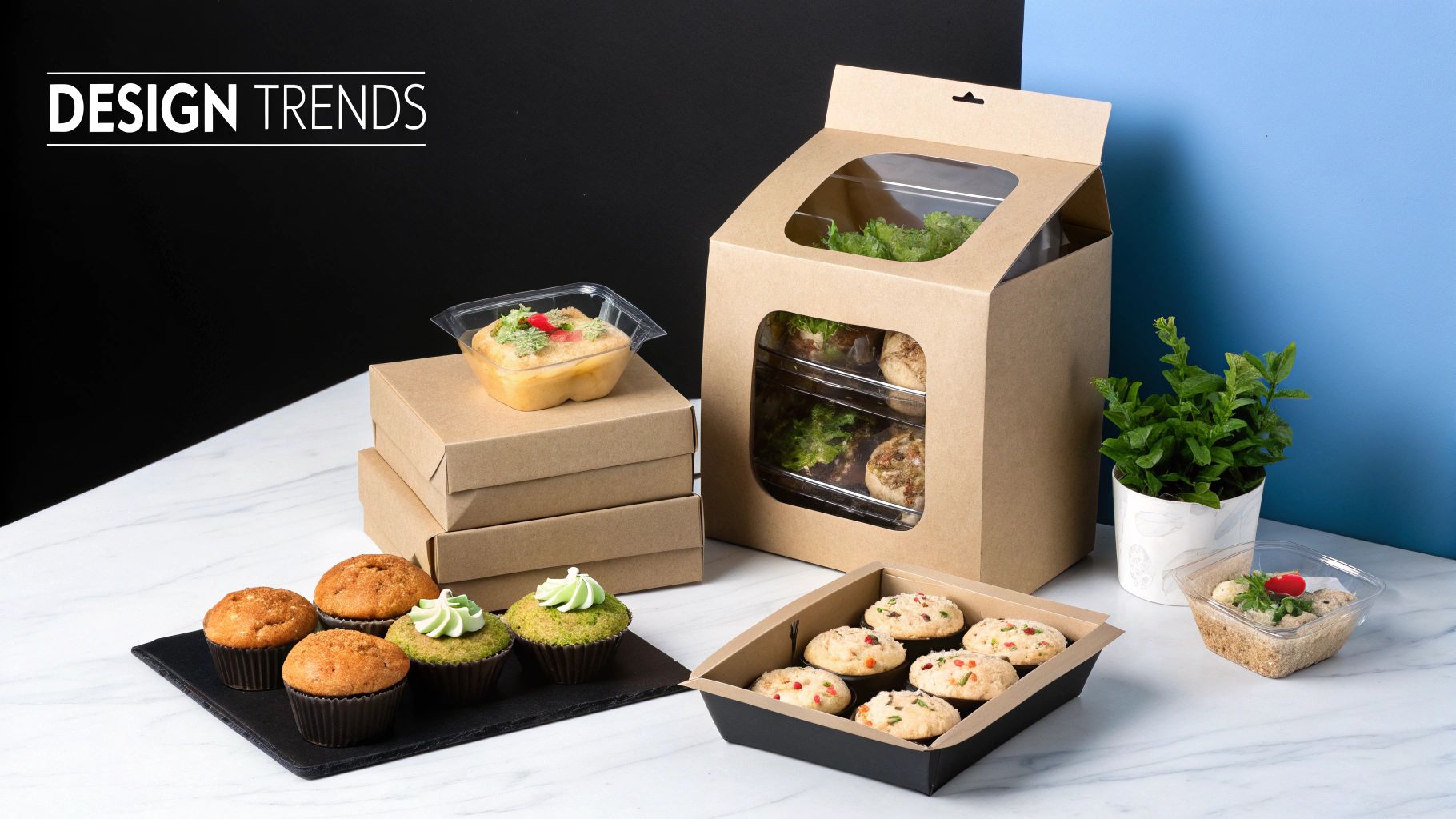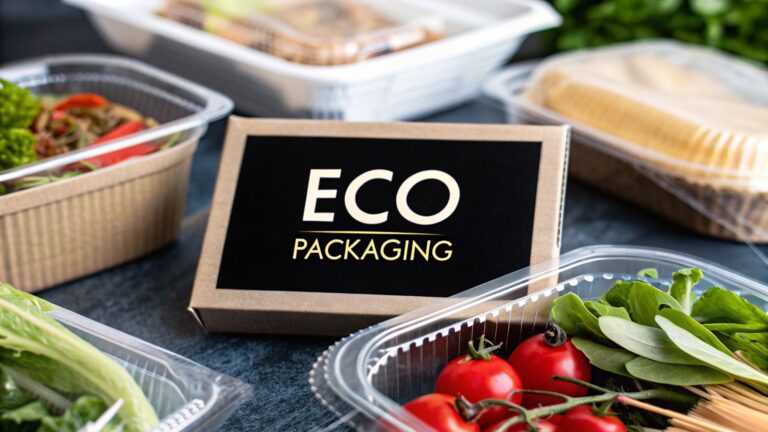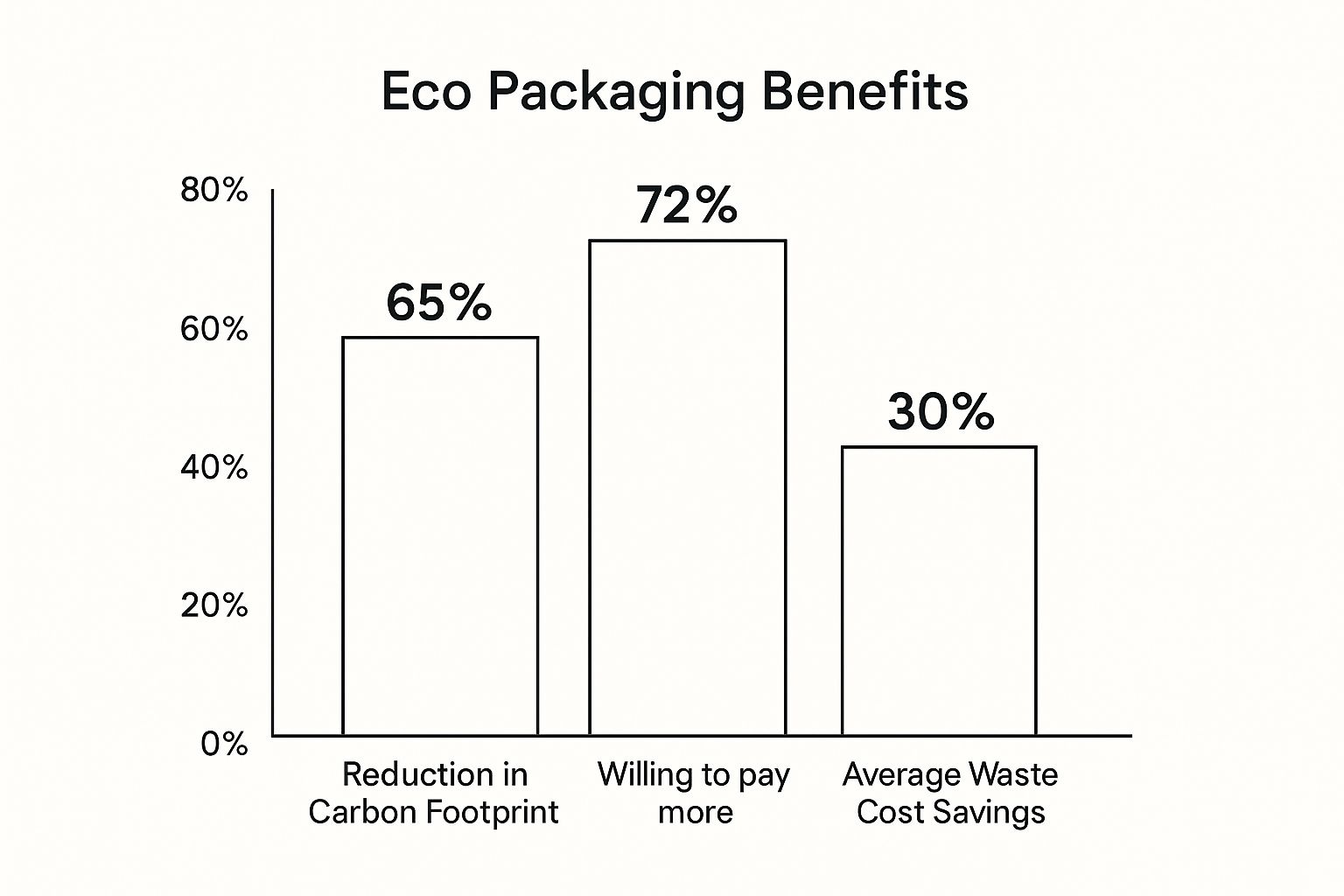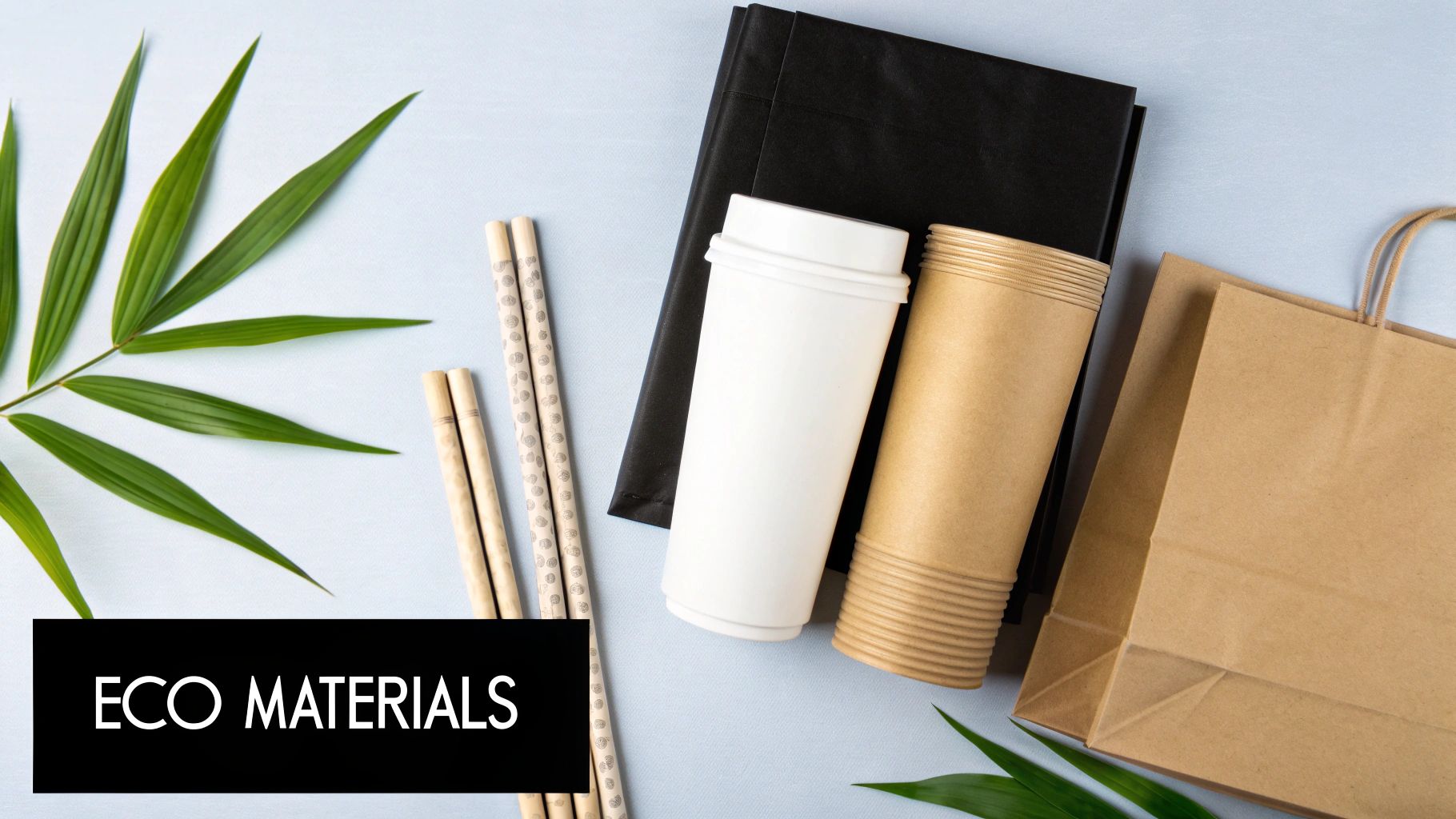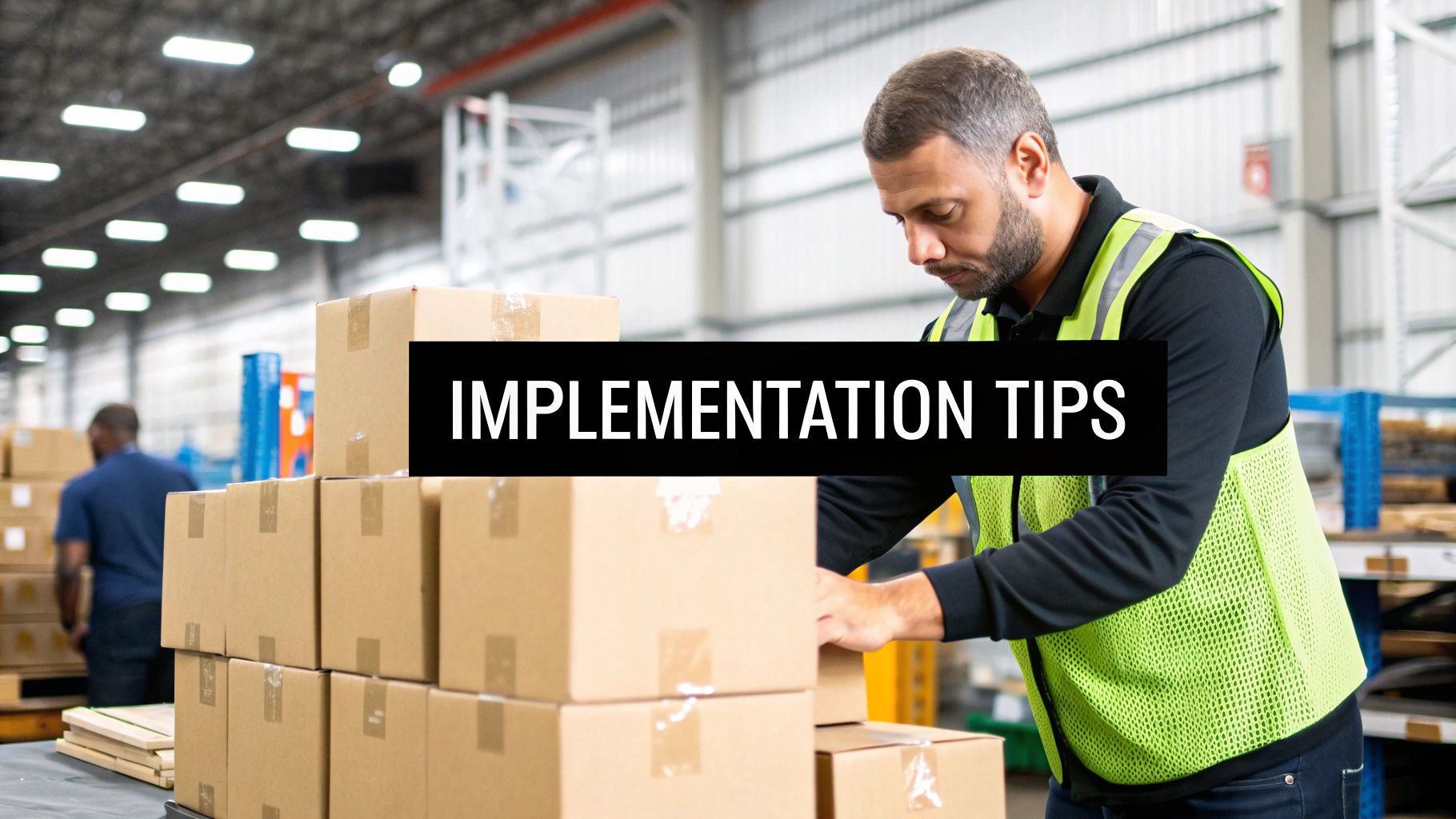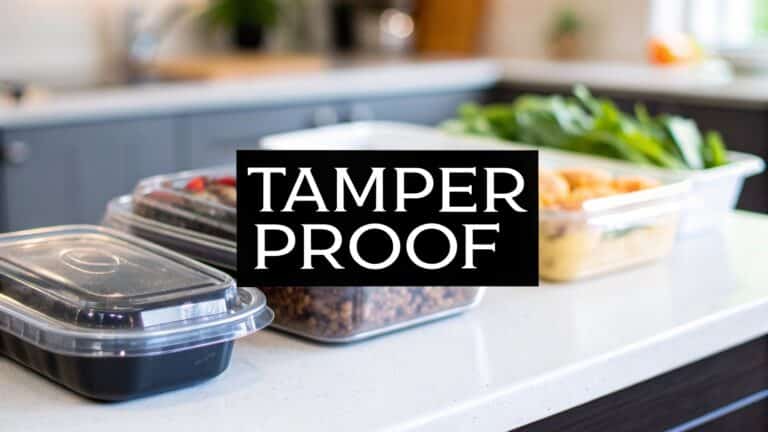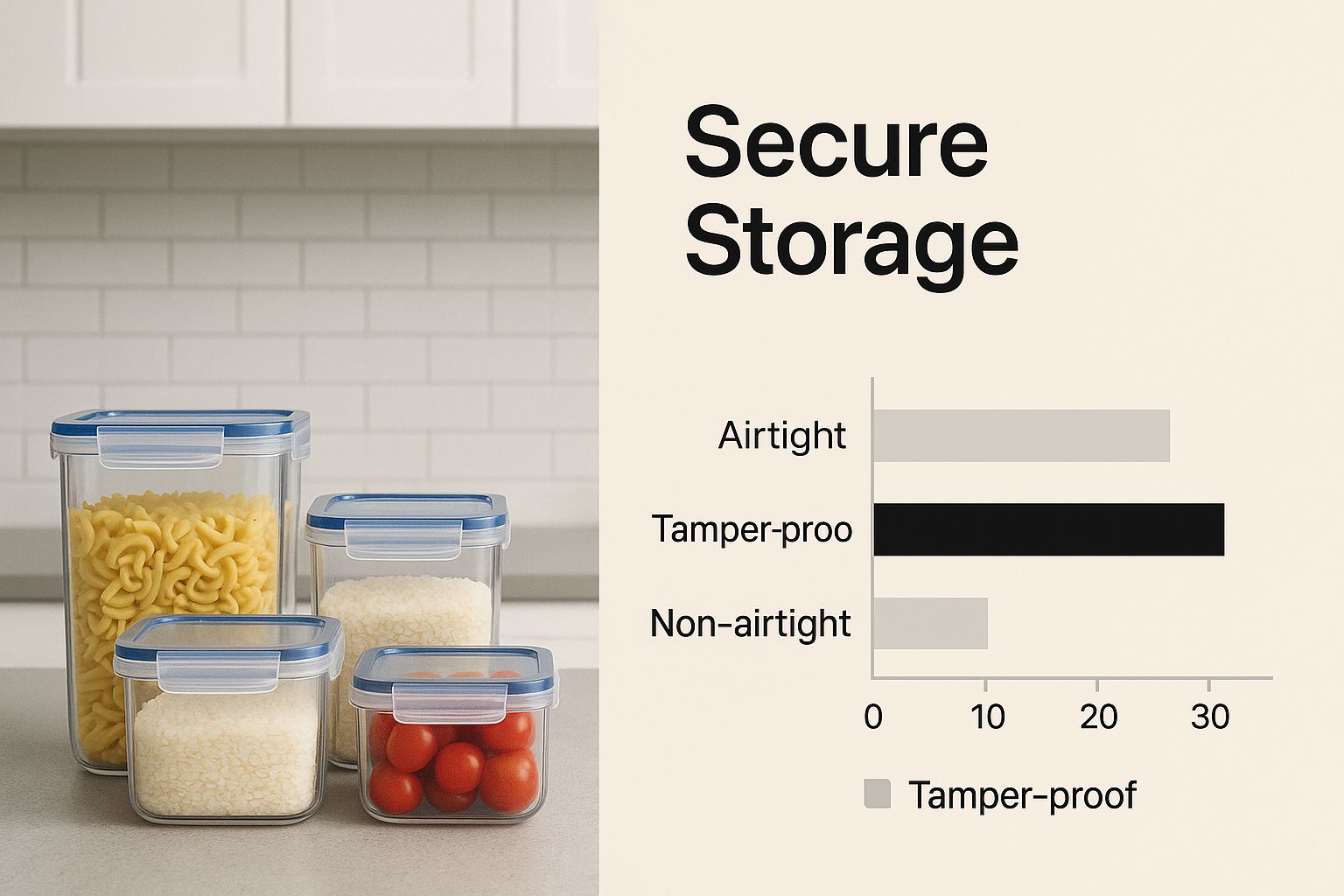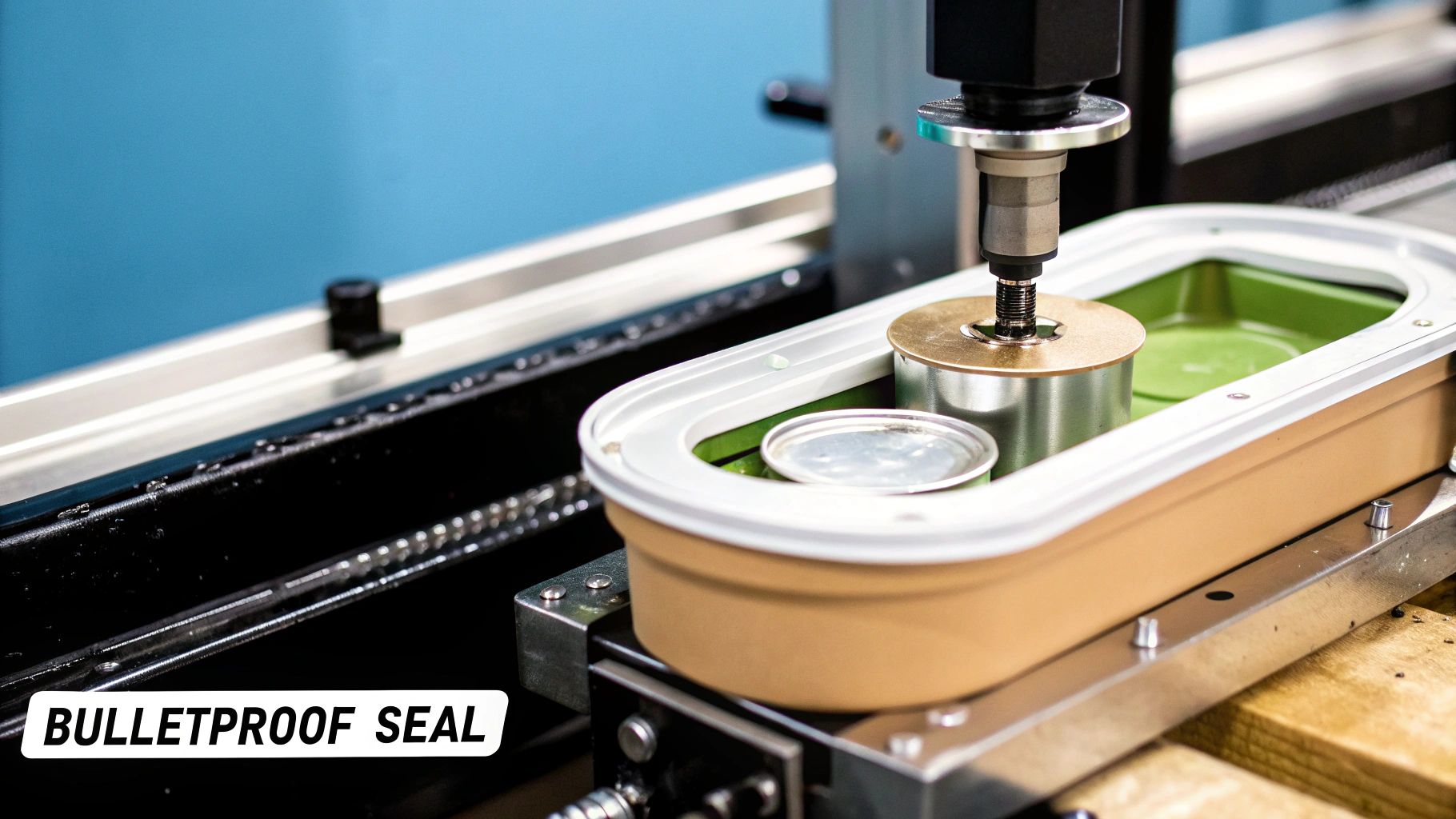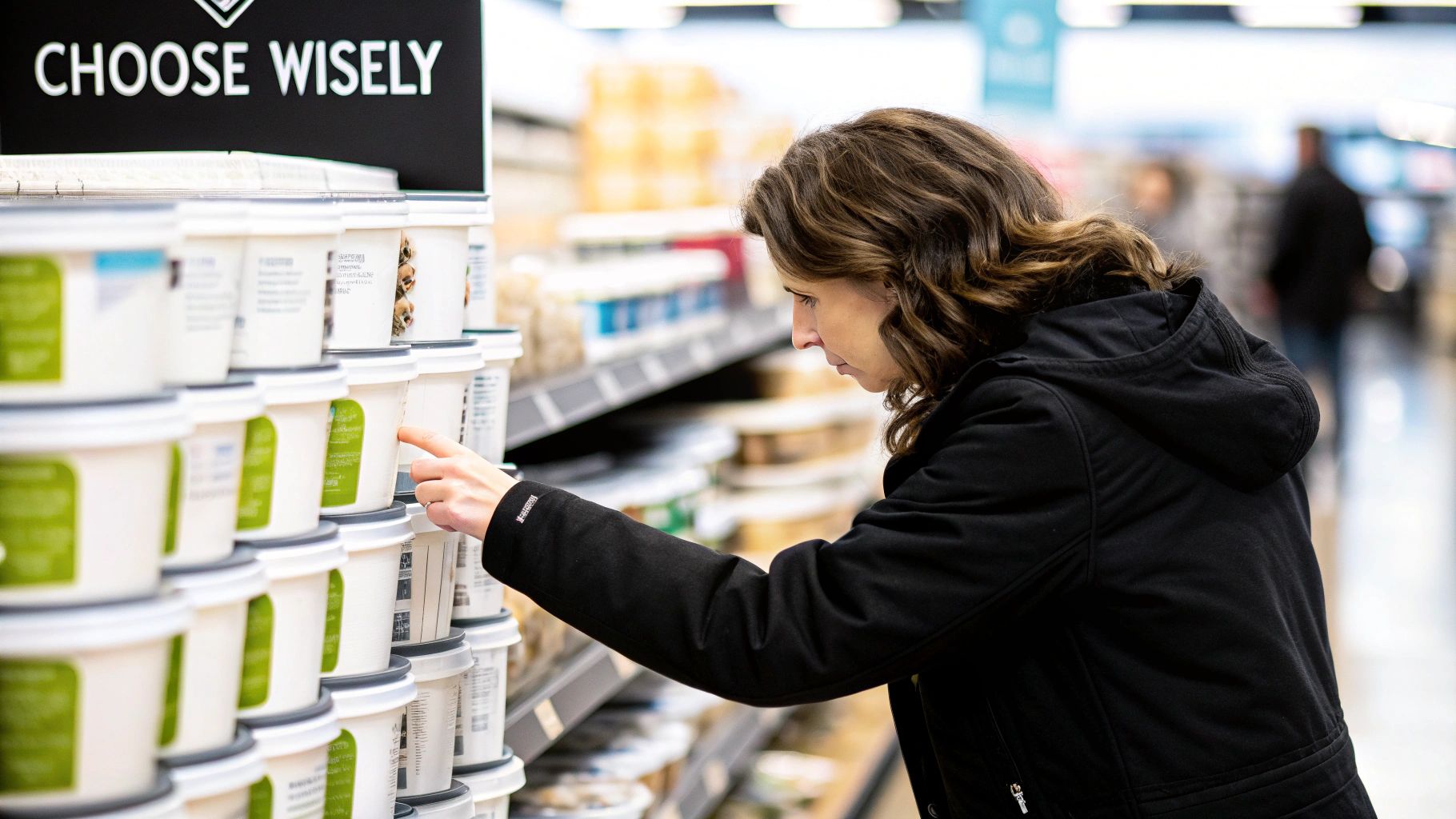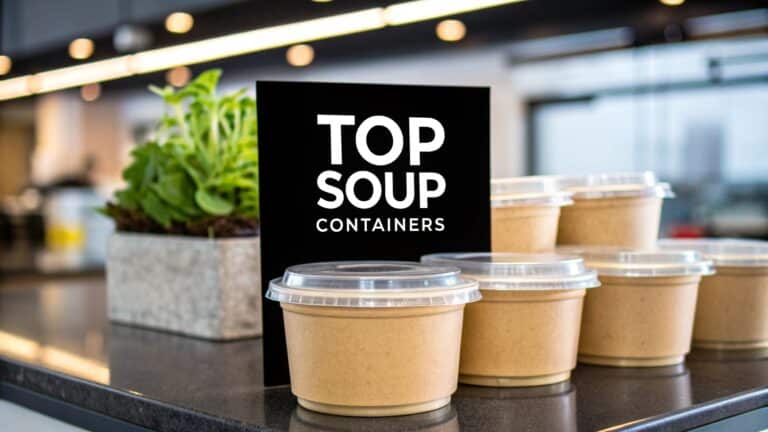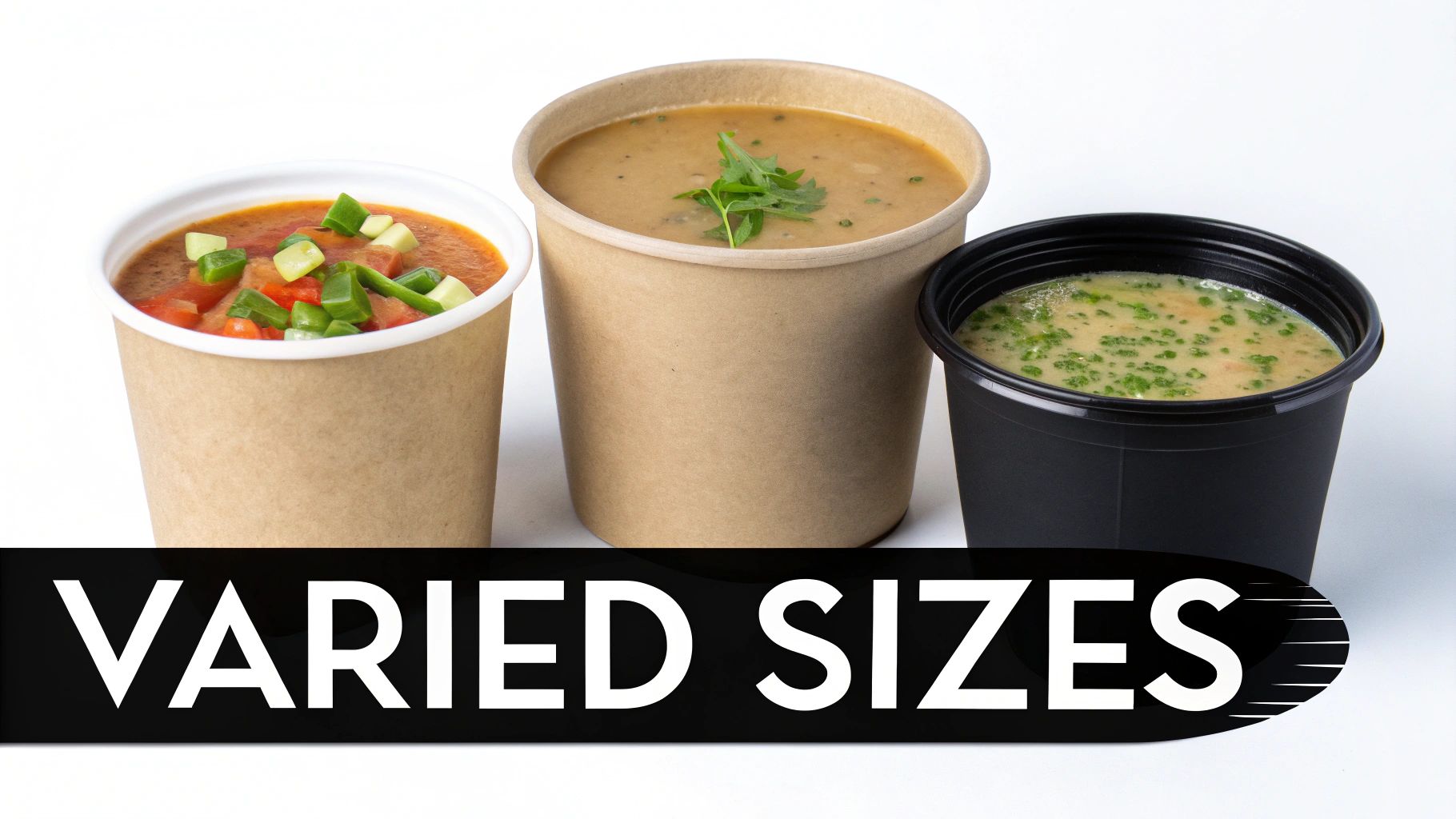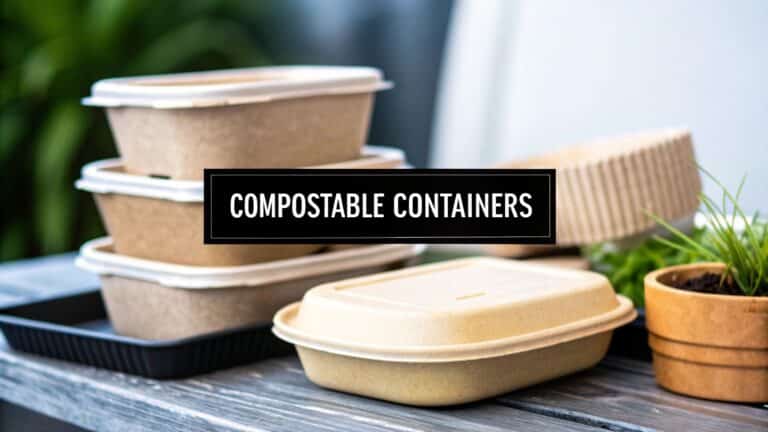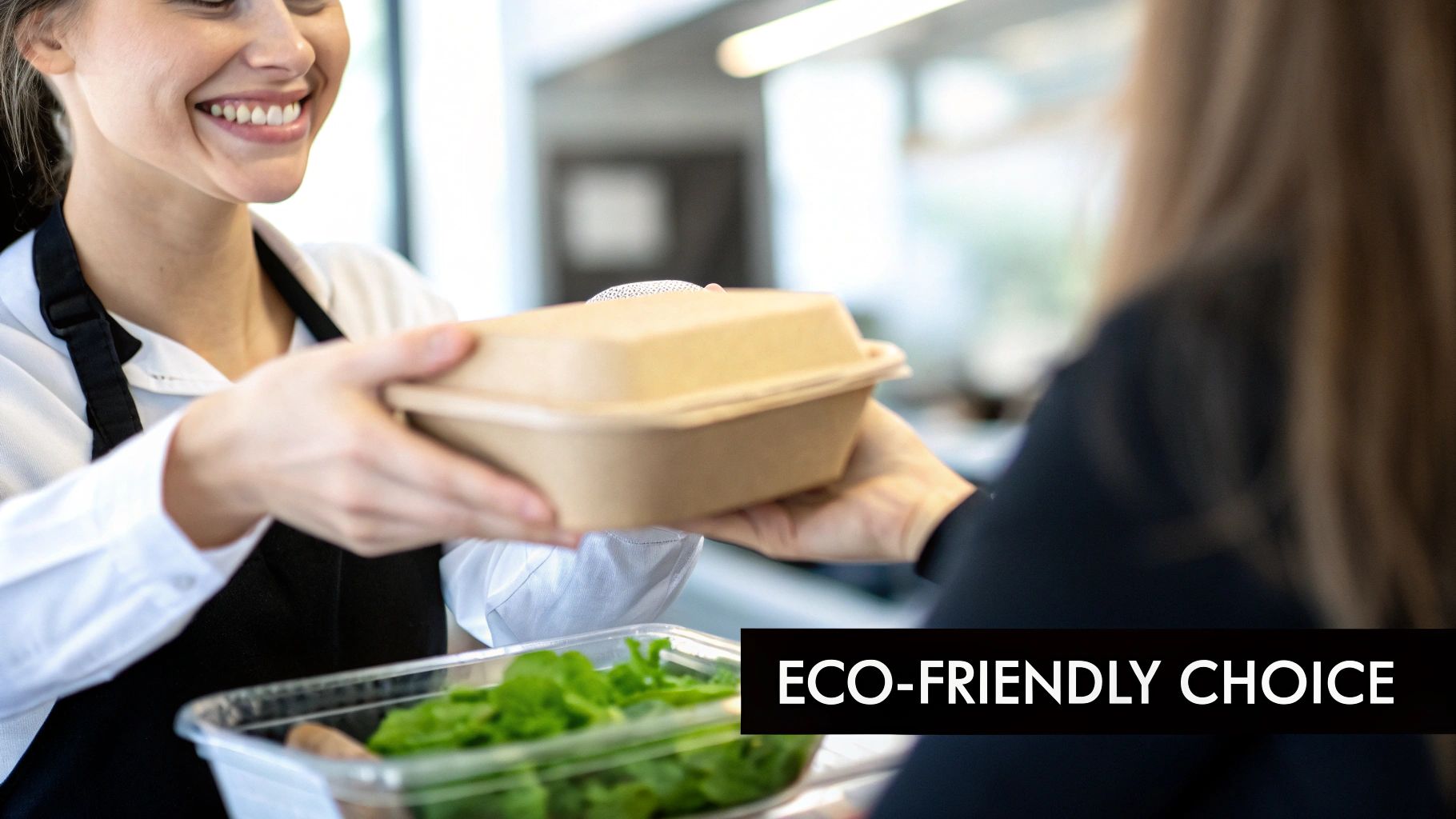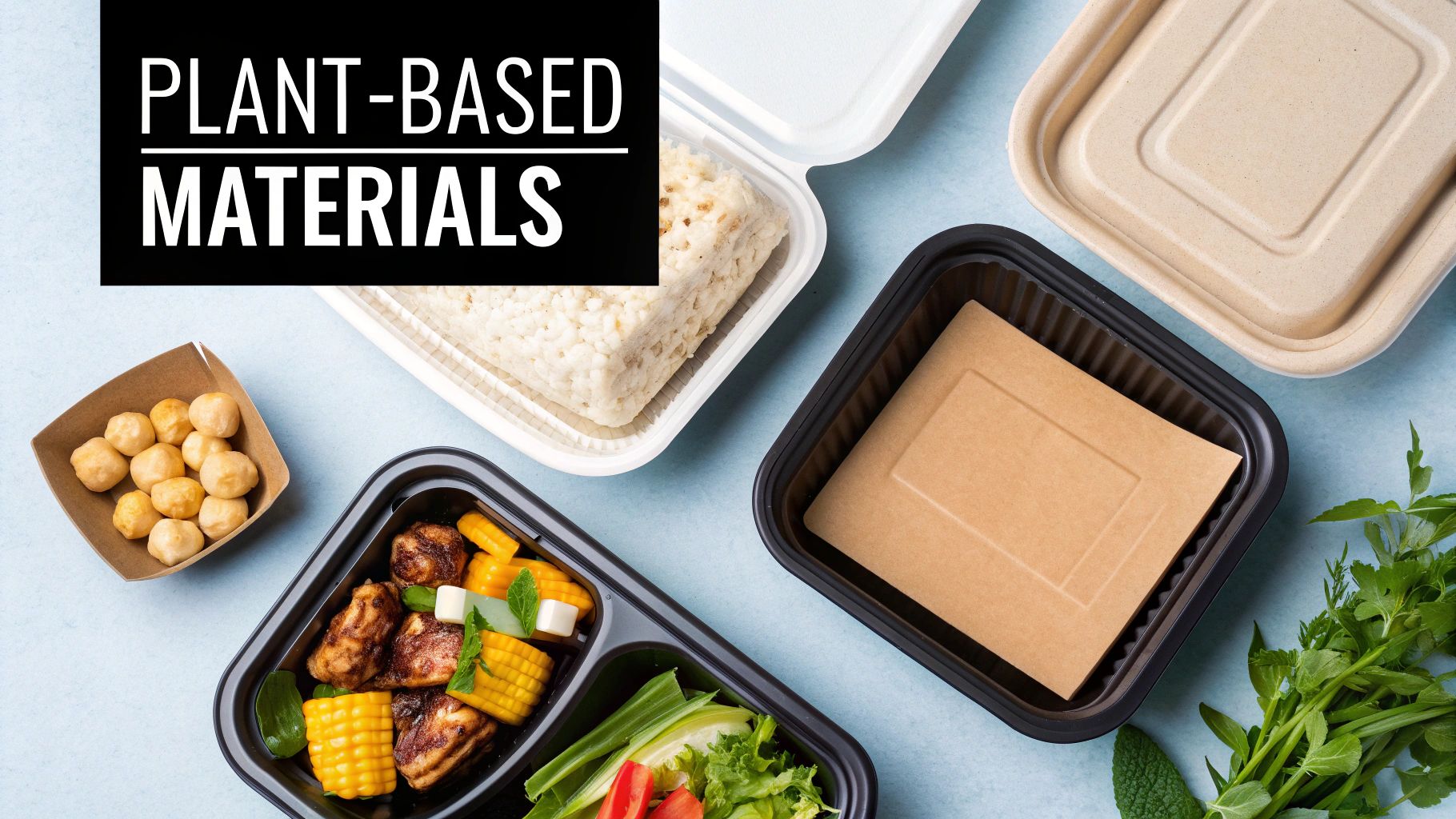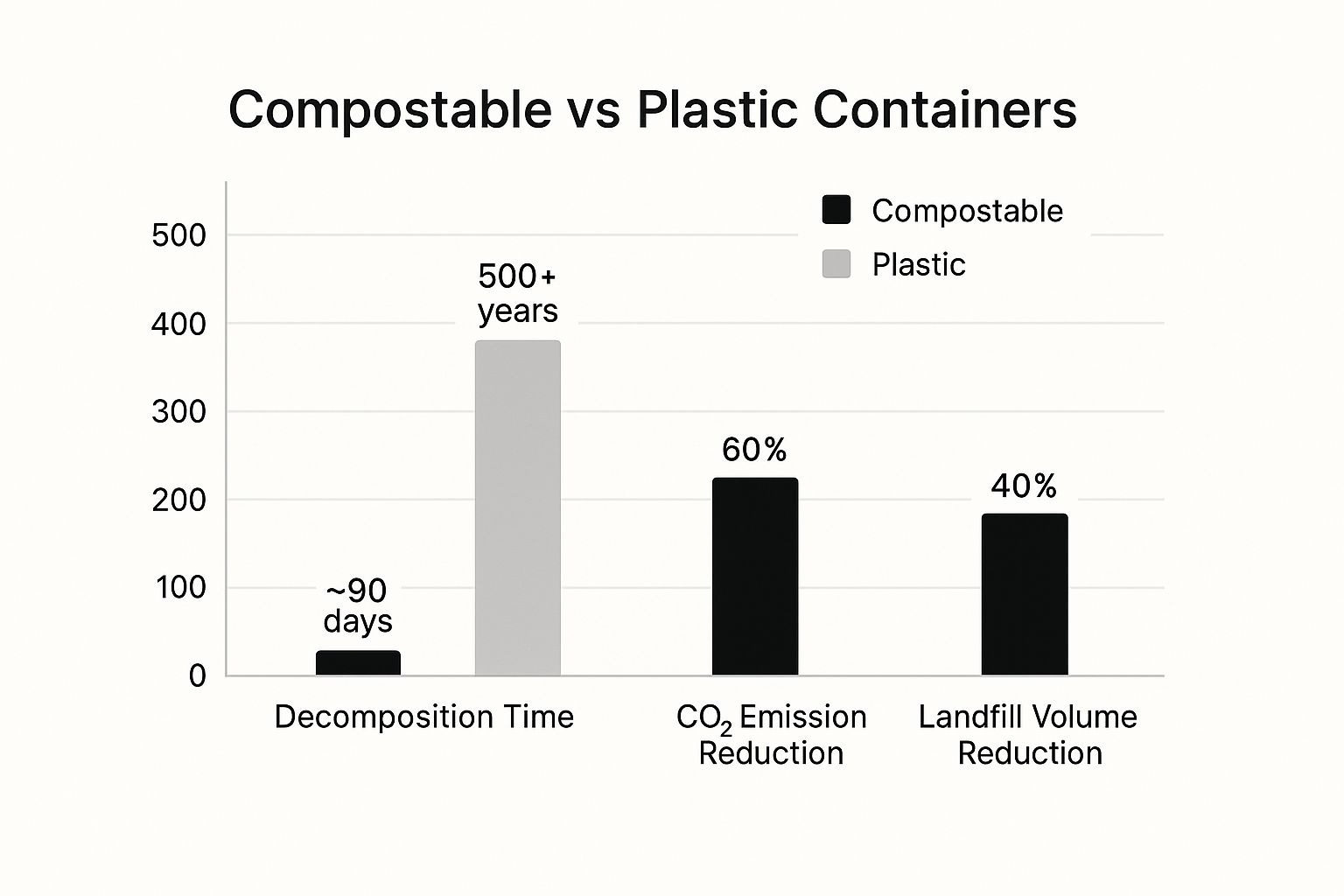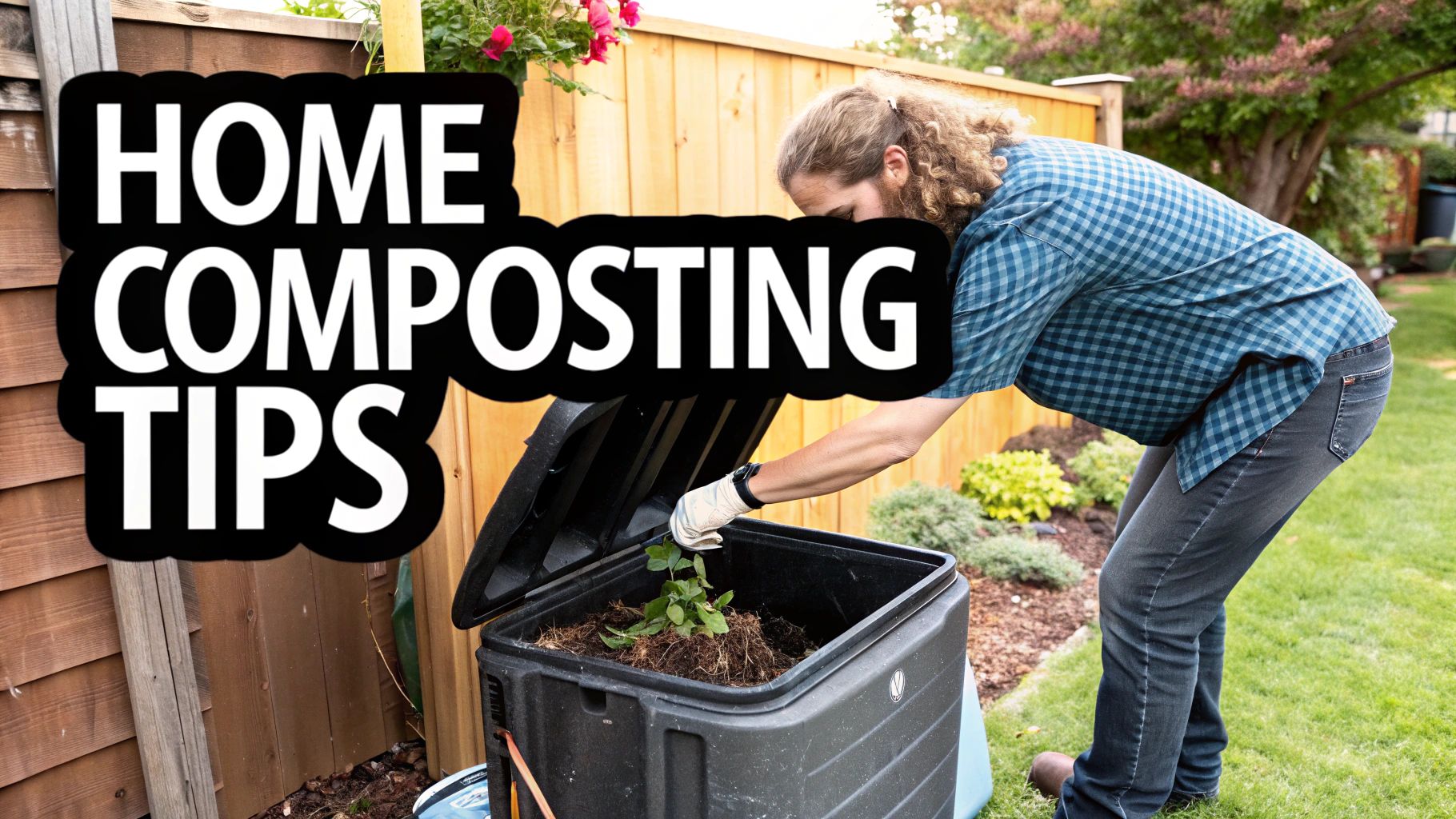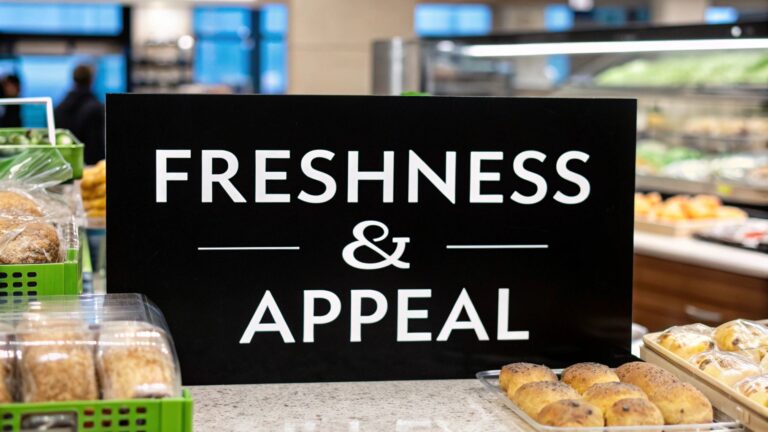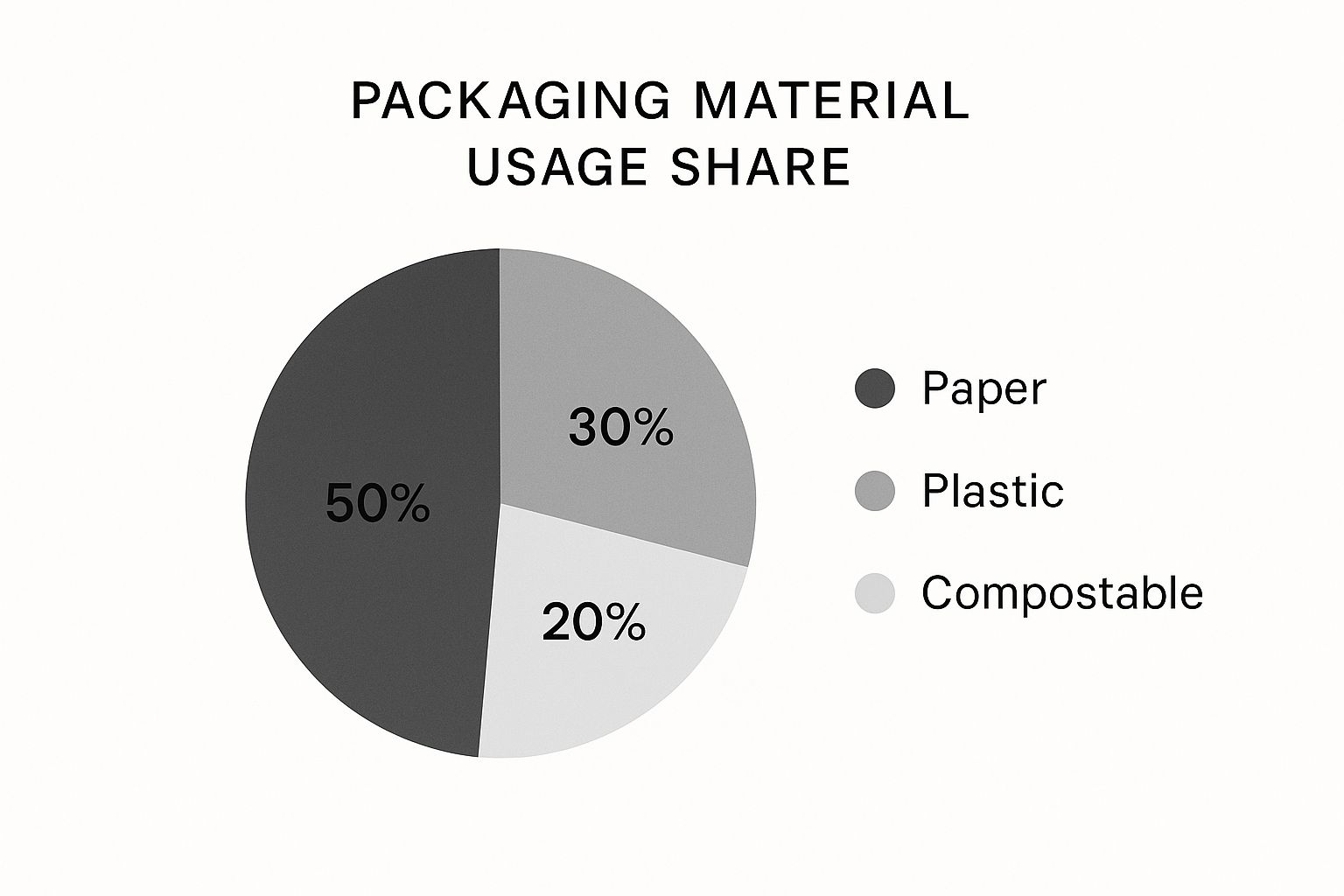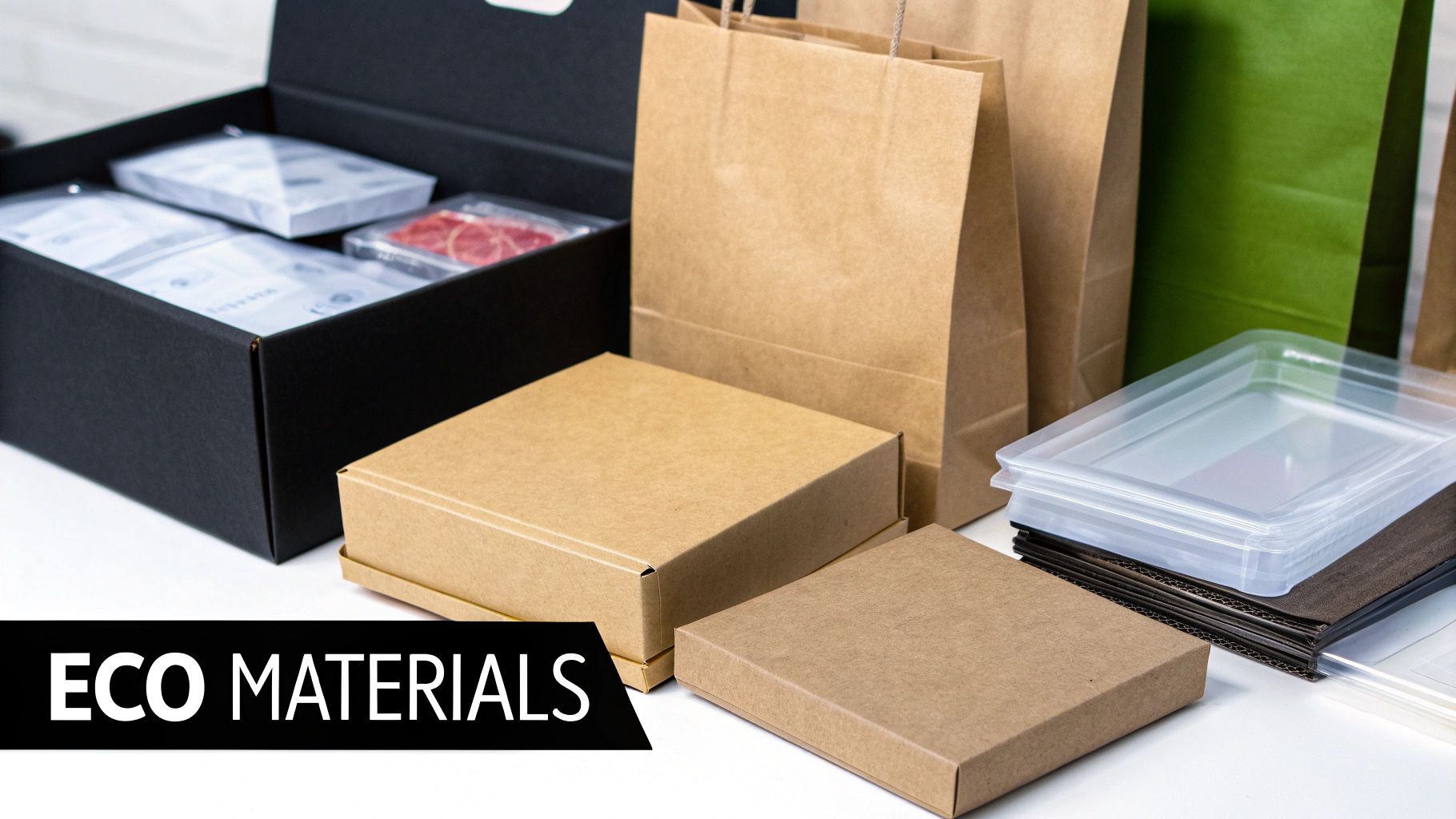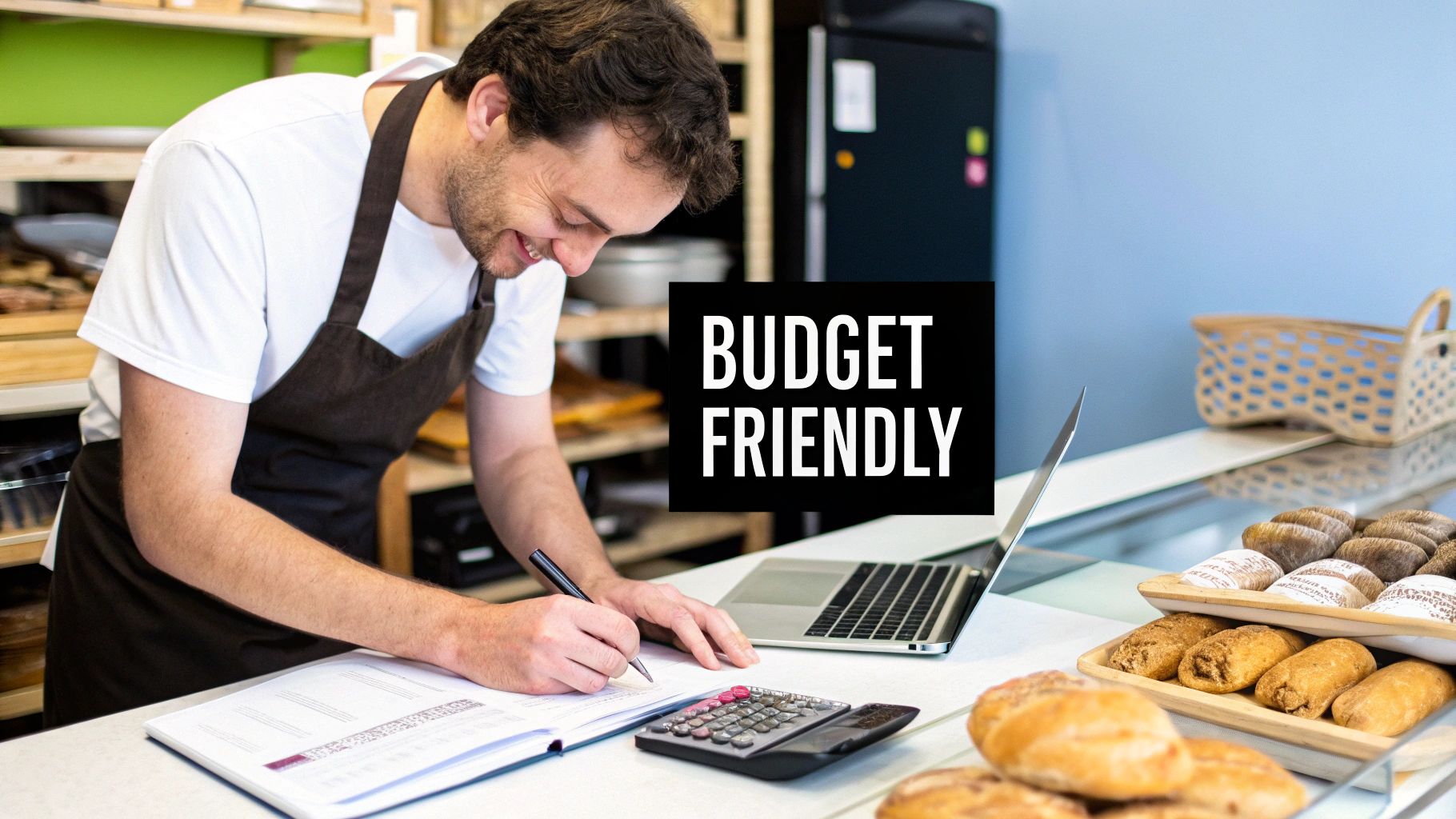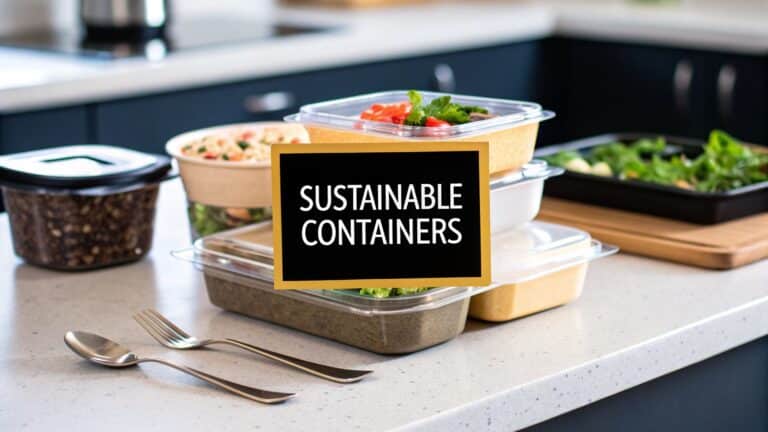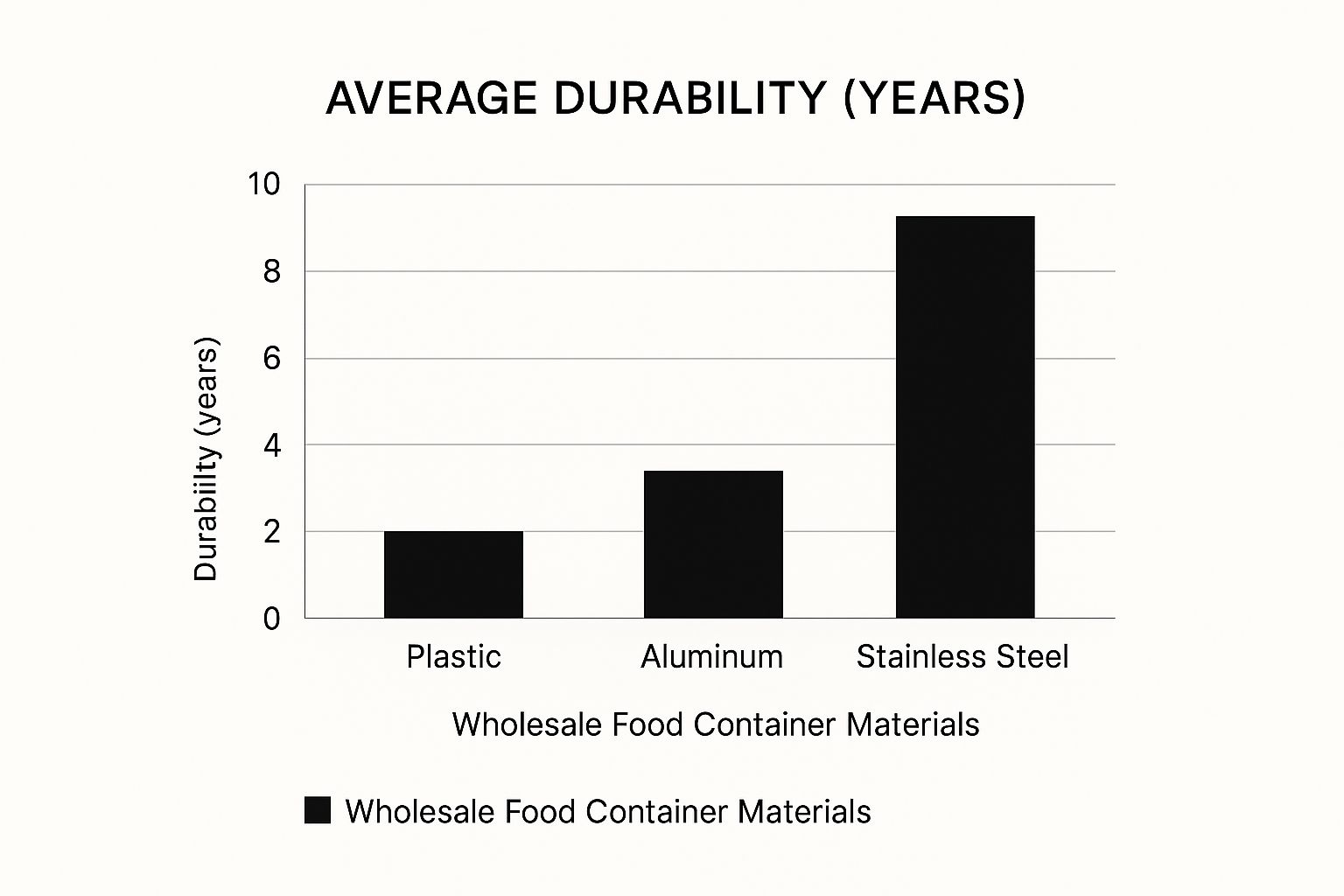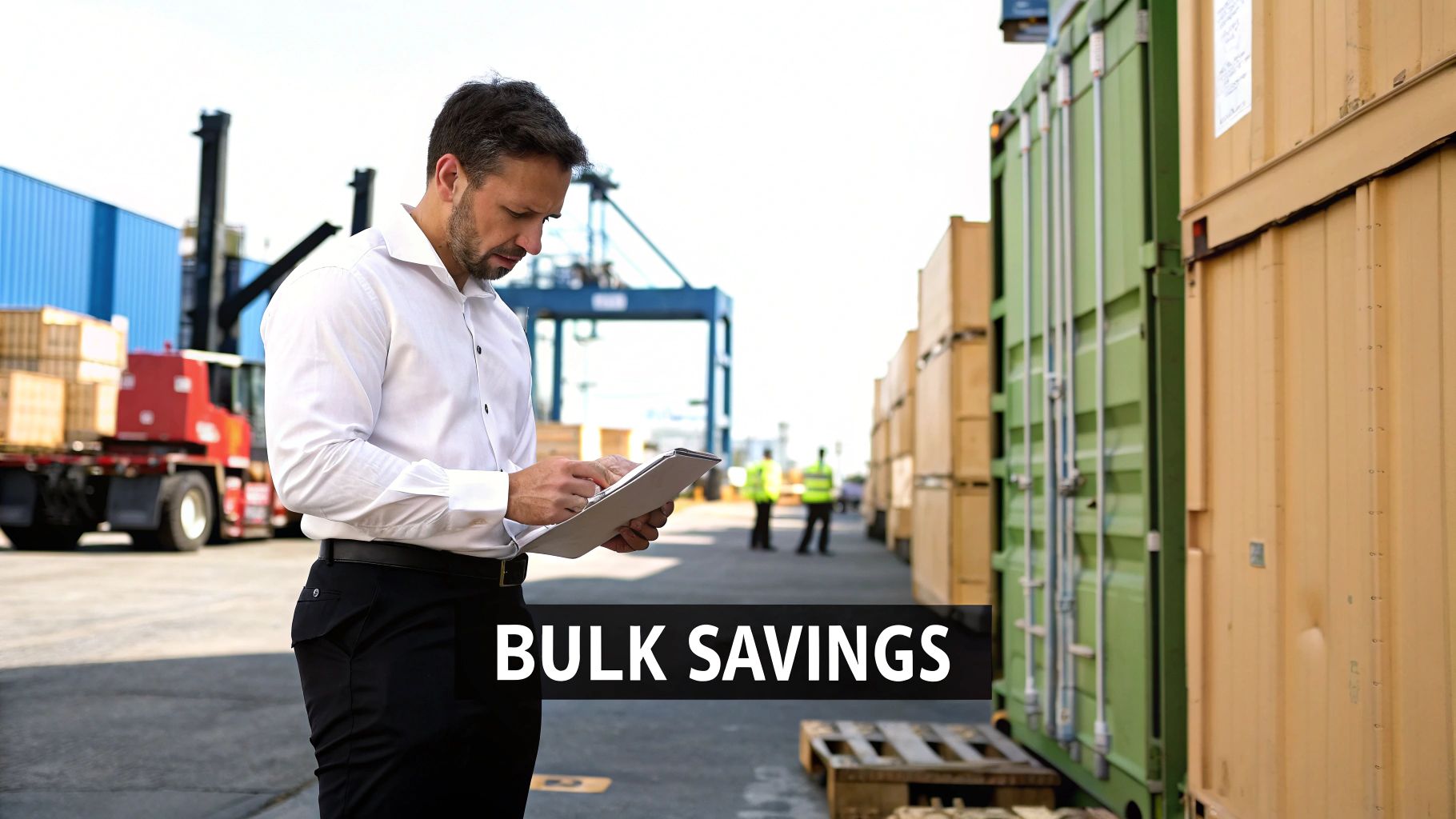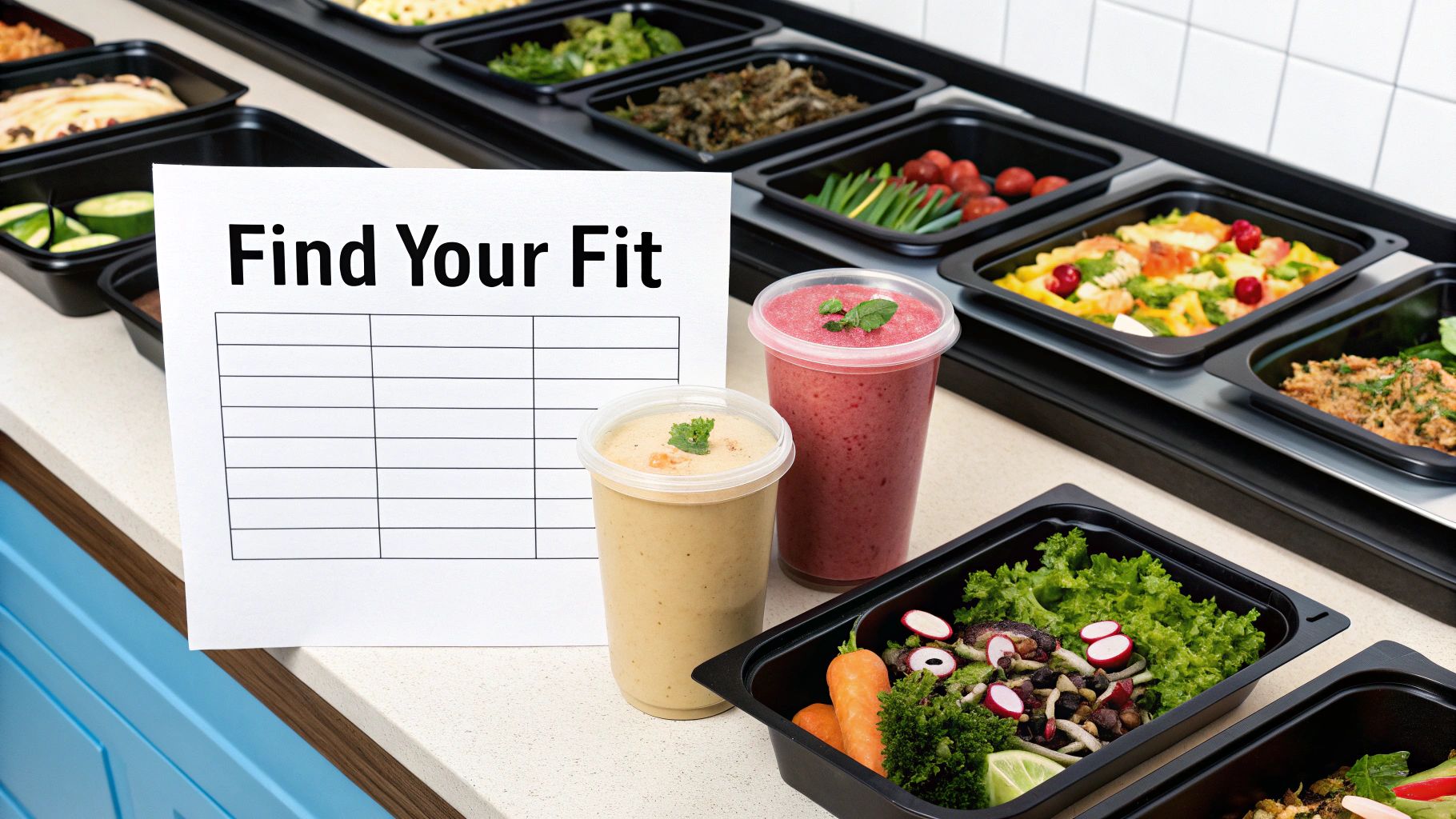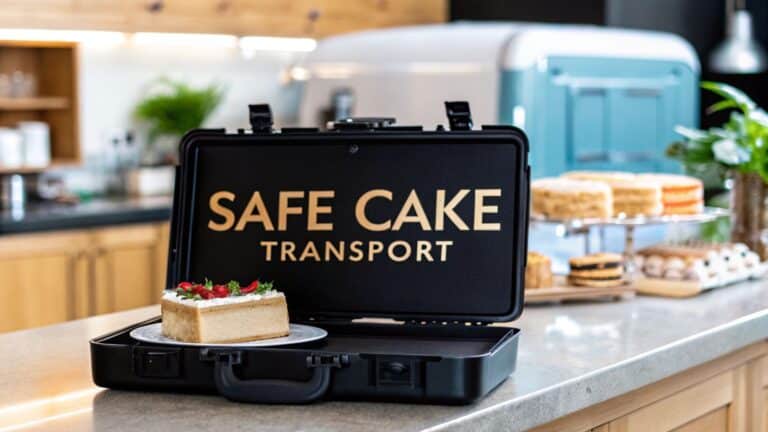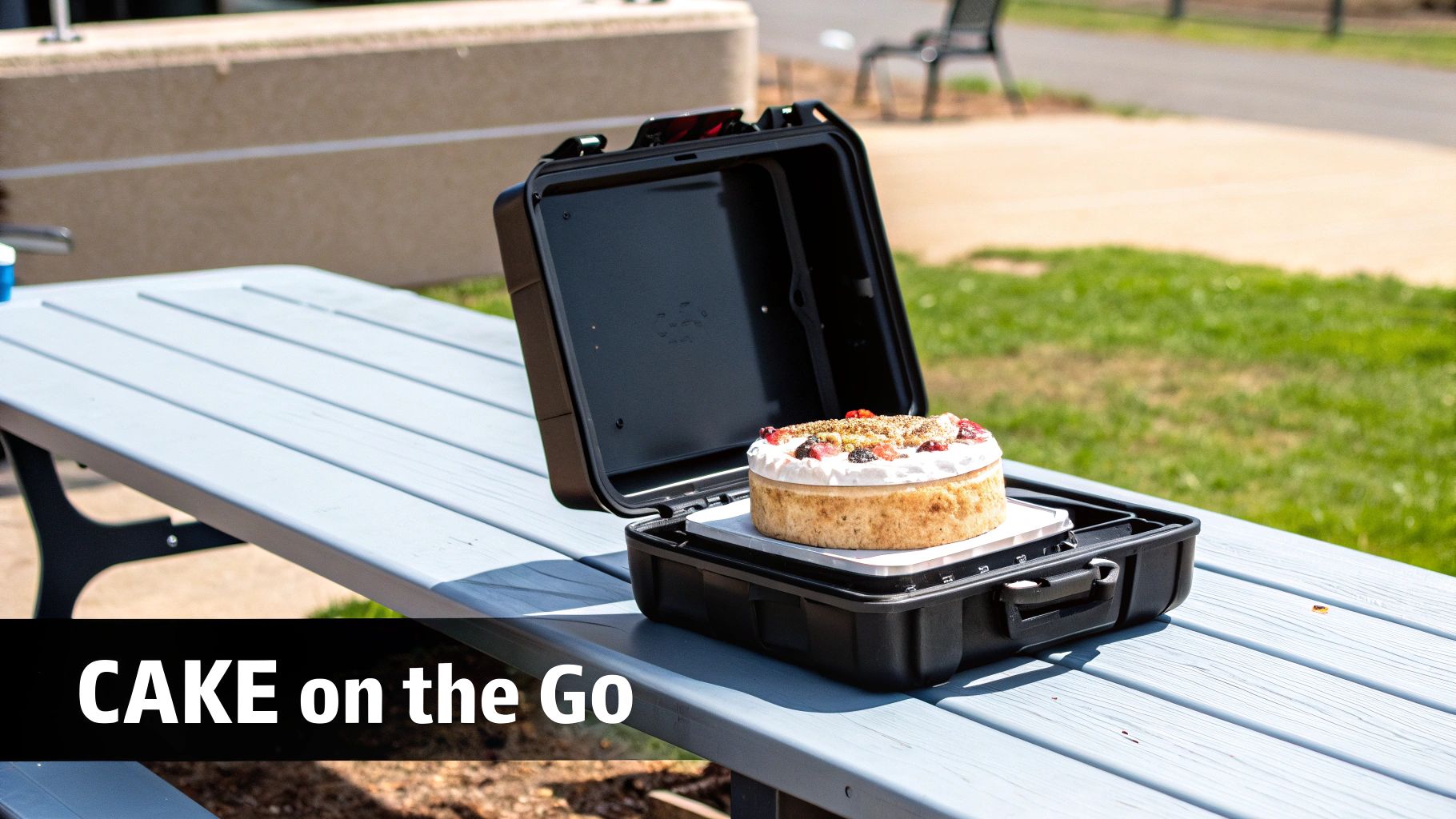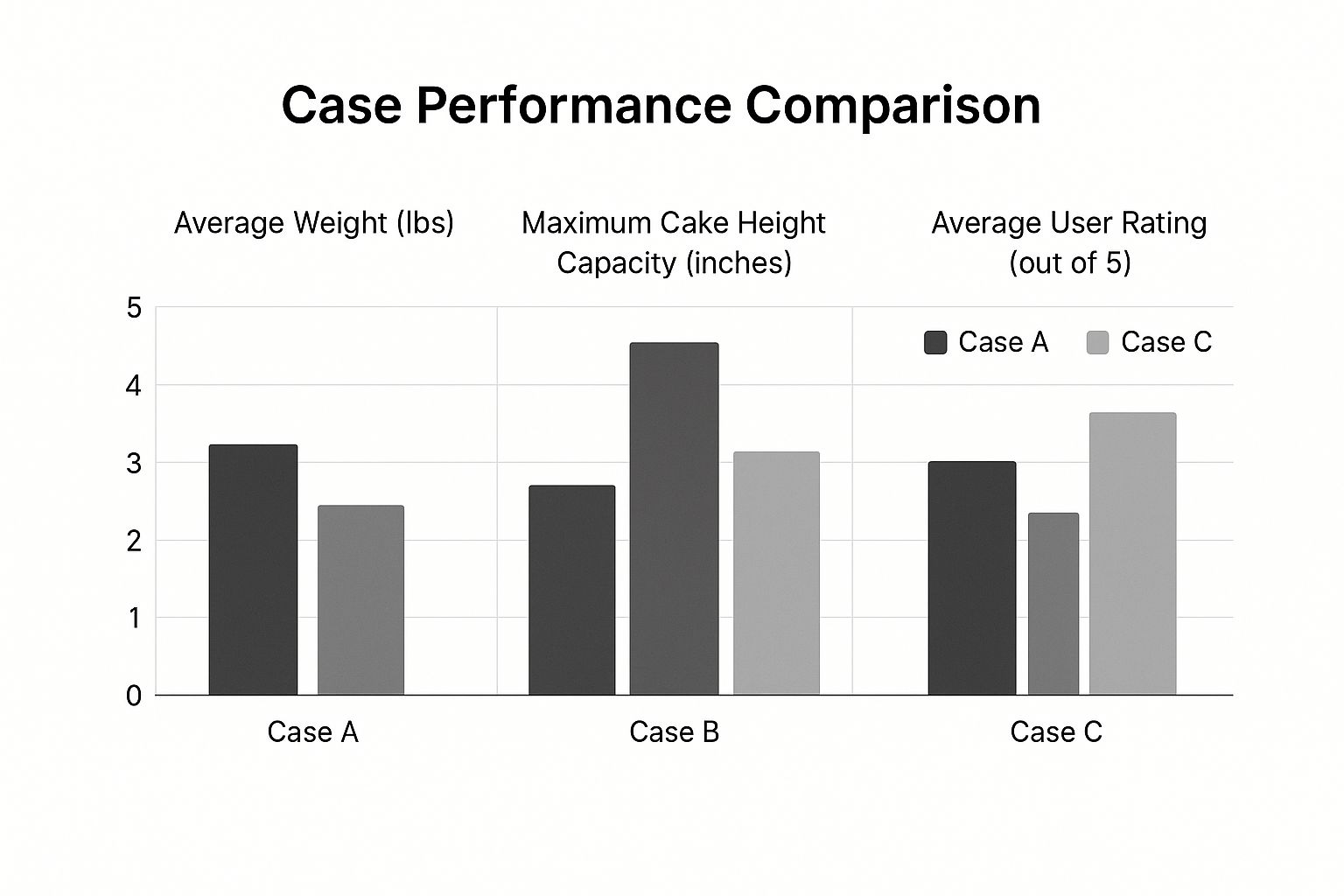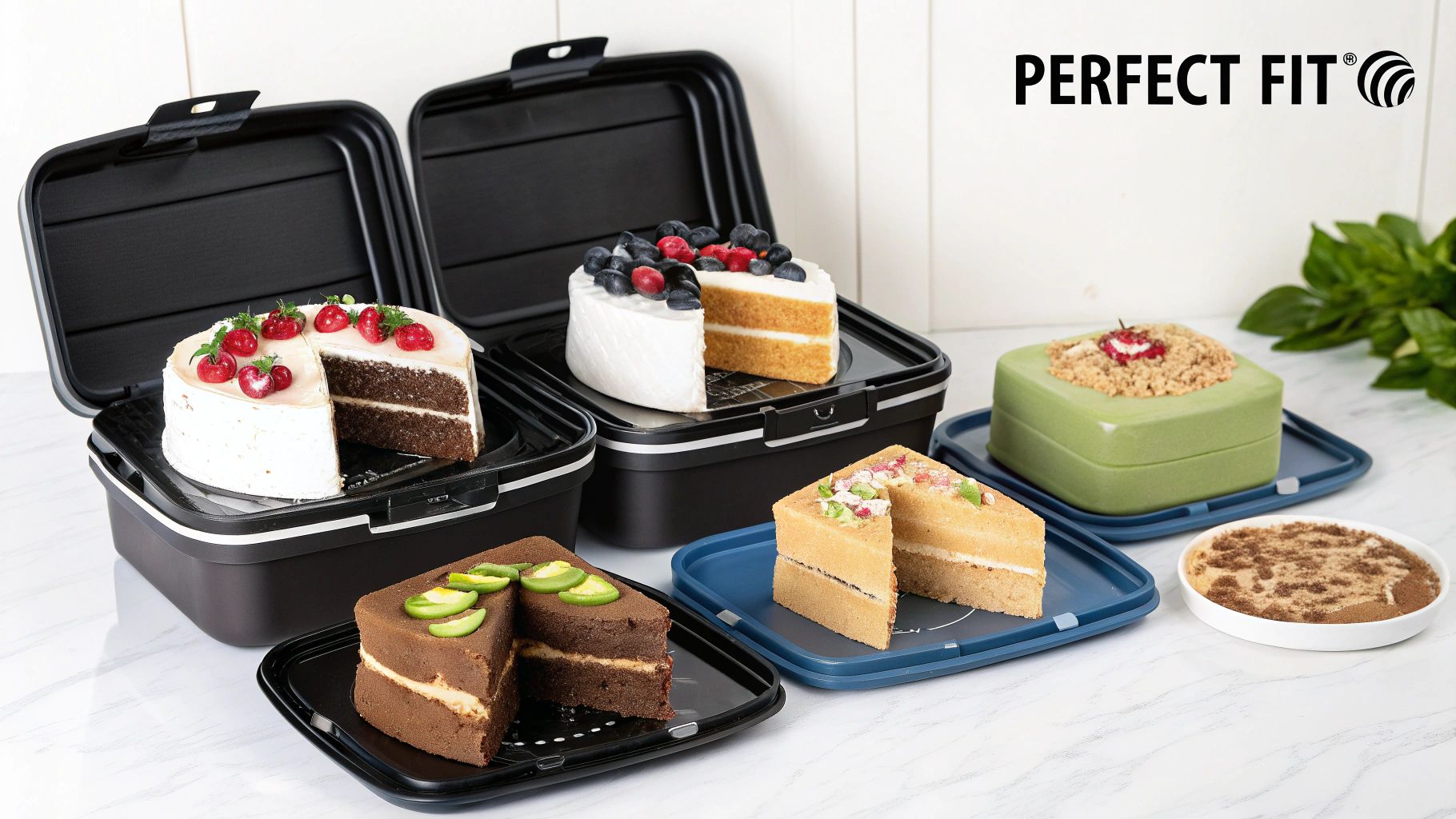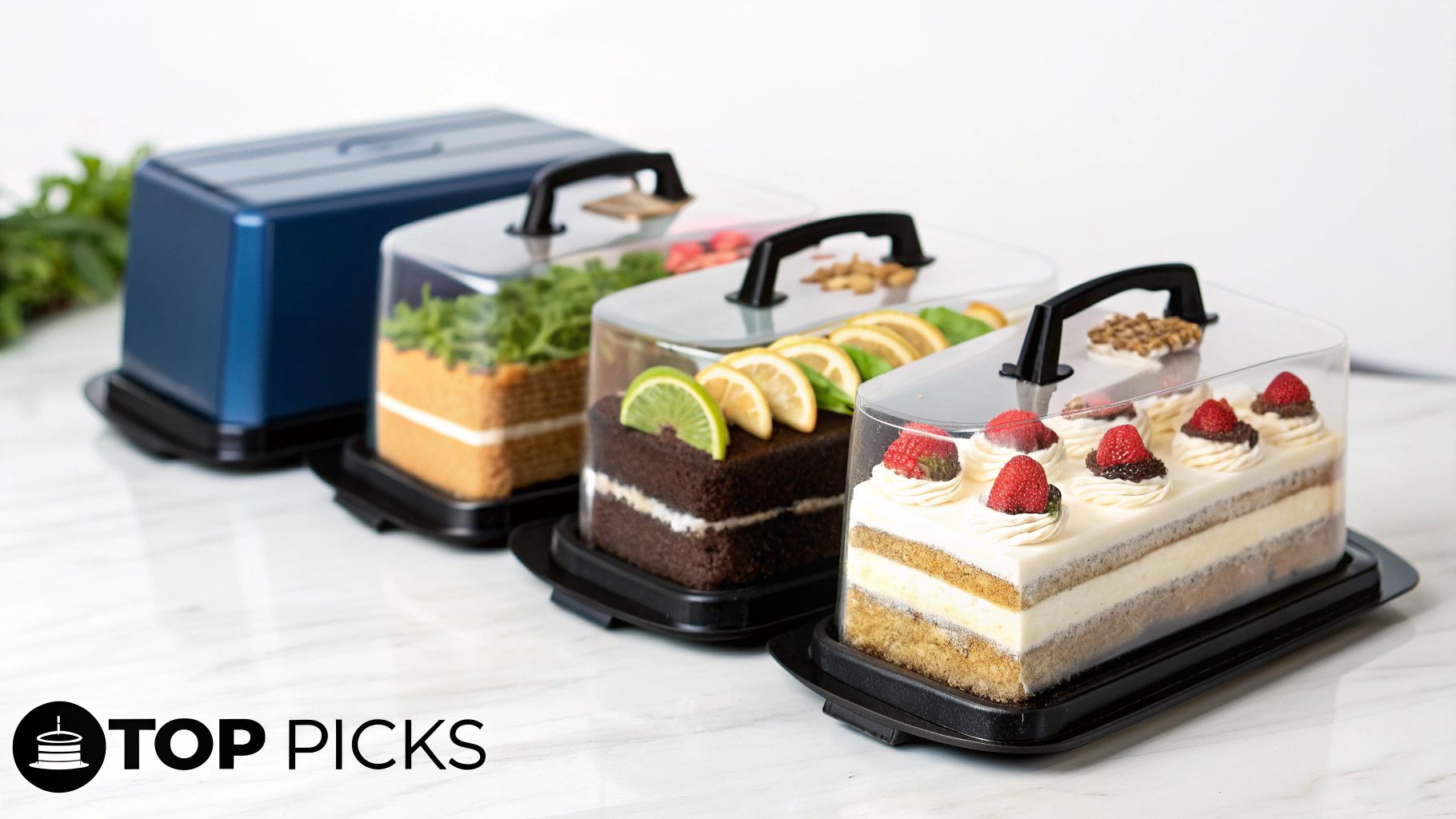The Psychology Behind Unforgettable Catering Displays
First impressions are crucial in catering. A visually appealing display does more than just showcase the food; it sets the entire event’s tone and influences how guests perceive the food’s quality. This isn’t just an observation; sensory marketing studies confirm that visual presentation significantly impacts our taste and overall food experience. Even simple dishes can be elevated with an appealing display, creating a sense of anticipation and excitement. This means paying close attention to your catering setup is a powerful tool for crafting a positive, memorable event. In this article, we will discuss some of the most creative catering display ideas to elevate your event.
Visual Appeal and Perceived Value
Imagine two identical chocolate brownies: one on a plain white plate, the other artfully arranged on a rustic wooden board with powdered sugar and a sprig of mint. Despite tasting the same, the second brownie will likely be perceived as more delicious and of higher quality. This principle goes beyond individual items to encompass the entire catering spread. A well-thought-out display communicates attention to detail and professionalism, boosting the perceived value of your catering services.
Creating “Wow” Moments and Social Sharing
Exceptional displays create memorable “wow” moments that guests remember and share, both in person and online. In our social media-driven world, visually stunning displays can significantly increase your brand’s visibility and attract new clients. This type of organic marketing is invaluable, as word-of-mouth and social sharing are highly effective forms of advertising.
The Growing Importance of Presentation
The global catering market is experiencing significant growth, directly impacting the demand for creative and appealing catering displays. As of 2023, the market was valued at over $400 billion, projected to reach $498 billion by 2032. This represents a CAGR of 5.3% between 2023 and 2032. This growth highlights the increasing need for visually appealing and innovative displays to attract customers and enhance brand visibility in this competitive market.
Clever use of space, color coordination, and unique materials can transform a standard buffet into a conversation starter. This attention to detail demonstrates a commitment to quality that resonates with clients and elevates the entire dining experience.
Buffet Transformation: From Expected to Exceptional
This infographic depicts a themed buffet, showcasing how complementary dishes and soft lighting can dramatically enhance the presentation. The careful arrangement and lighting create an inviting ambiance, emphasizing the importance of visual appeal in catering. This reinforces the idea that simple changes can elevate a buffet from ordinary to extraordinary.
Turning a standard buffet into a true showstopper goes beyond simply arranging food. It’s about crafting a multi-dimensional, visually appealing experience. Consider incorporating varying heights and levels to create visual interest. This can be achieved using tiered stands, risers, or even creatively repurposed items. This adds dimension and improves accessibility.
Elevating Your Buffet With Height and Dimension
Adding height and depth is one of the most effective catering display ideas. Visualize your buffet as a cityscape: varying heights create a more interesting skyline. Use cake stands, tiered trays, and varying platter and bowl heights to achieve this effect.
Draping fabric or greenery between levels adds texture and softens the look. This draws the eye across the display, making it more engaging.
Strategic Food Placement for Flow and Functionality
Dish placement impacts guest flow and behavior. Place popular items in the middle to avoid bottlenecks at the ends.
For larger buffets, create multiple serving stations for popular dishes to minimize wait times. This allows guests to move freely, enhancing their experience. Consider the natural order guests will approach the buffet. Placing appetizers before main courses and desserts last encourages a logical flow.
Color Coordination and Texture Contrast
Color and texture play a significant role in food presentation. Just as chefs balance flavors, caterers should balance colors. Vibrant greens complement deep reds, while earthy browns are offset by bright yellows. This creates an appealing contrast.
Varying textures add another layer of visual interest. Combine smooth dishes with textured serving pieces like wooden boards or slate platters. This creates a dynamic presentation that engages the senses.
Lighting and Negative Space: The Finishing Touches
Lighting can transform a buffet. Soft, warm lighting creates an inviting atmosphere and highlights the food. Avoid harsh overhead lighting, which can wash out colors.
Negative space is crucial. It prevents overcrowding and allows each item to stand out. This is especially important for photos. By using these techniques, you can elevate your displays.
To help you visualize the impact of different display elements, let’s look at a comparison:
Buffet Display Elements Comparison
| Display Element | Visual Impact | Practical Considerations | Best For |
|---|---|---|---|
| Varied Heights (Tiered stands, risers) | Adds depth and dimension; draws the eye | Requires more space; stability is key | Showcasing a variety of dishes, especially desserts |
| Strategic Food Placement | Improves flow and minimizes congestion | Requires planning and attention to guest traffic | Large events, popular dishes |
| Color Coordination | Creates visual appeal and highlights dishes | Requires careful selection and arrangement of food | Themed events, visually striking presentations |
| Texture Contrast | Adds interest and depth to the presentation | Requires a mix of servingware and materials | Highlighting specific dishes, creating a rustic feel |
| Soft, Warm Lighting | Creates ambiance and highlights food | Requires appropriate lighting fixtures and placement | Evening events, intimate settings |
| Negative Space | Prevents overcrowding; emphasizes individual dishes | Requires careful planning and arrangement | All buffets, especially those being photographed |
By considering these elements, you can create a buffet that is both visually stunning and functionally effective, leaving a lasting impression on your guests.
Interactive Food Stations That Create Lasting Memories
Today’s event catering is about more than just filling plates; it’s about crafting engaging and personalized experiences. Interactive food stations achieve this by turning the act of dining into a memorable activity. These stations introduce a dynamic element, encouraging interaction and customization.
This shift reflects the increasing demand for events tailored to individual preferences, making interactive stations a leading trend in creative catering displays.
Engaging Guests Through Culinary Creations
Interactive food stations offer a unique way to connect with guests. A chef-attended carving station, for example, becomes a vibrant focal point. It showcases culinary expertise while offering guests freshly carved meats.
This approach creates a personalized experience and adds a touch of drama to any event. DIY bar stations, like build-your-own-cocktail or hot chocolate bars, empower guests to participate in the creative process.
The Power of Customization and Social Sharing
Customization is essential for a memorable dining experience. Giving guests the ability to personalize their meals boosts satisfaction and encourages them to share their creations on social media.
This positive online engagement translates into greater brand visibility. Interactive food stations naturally create excellent photo opportunities, further enhancing social media presence. The growing use of online catering services emphasizes this trend, with companies prioritizing visually appealing displays for digital platforms.
Practical Implementation and Seamless Operation
While interactive stations offer exciting possibilities, successful execution requires thoughtful planning. This includes careful space planning to ensure optimal guest flow, sufficient staffing to manage each station, and the right equipment for seamless service.
Proper planning prevents bottlenecks and guarantees a smooth experience, even during the busiest periods.
Branding and Troubleshooting for Success
Subtly incorporating brand elements into interactive food stations can reinforce event themes without overwhelming the culinary experience. This might include custom signage, branded napkins, or integrating company colors into the display.
However, even the most carefully planned events can encounter unforeseen issues. Learning from seasoned professionals and having backup plans is crucial for troubleshooting any problems that may arise. This proactive approach ensures a successful and memorable event for both the host and their guests.
Beyond Basic Platters: Materials That Tell a Story
The presentation of your catering goes far beyond the food itself. The materials you choose for your displays play a crucial role in shaping the overall dining experience. They can elevate the perceived value of your dishes and leave a lasting impression. This section explores how to select serving pieces that transform your food into extraordinary culinary experiences.
Natural Elements: Bringing the Outdoors In
A popular trend in catering display ideas is incorporating natural elements. Think live-edge wood platters, sleek slate boards, or cool stone surfaces. These materials add a touch of rustic elegance and provide interesting textural contrast.
Imagine vibrant appetizers served on a rustic wooden board, accented with sprigs of rosemary or cascading greenery. This instantly elevates the presentation, creating an organic and visually appealing display.
Unexpected Vessels: Creating Conversation Starters
Think outside the box! Miniature cast iron skillets, individual ramekins, or even repurposed vintage teacups can become unexpected conversation pieces.
Always ensure that any unique vessels are food-safe and practical for serving. These unusual elements can add a touch of whimsy and personality to your displays.
Sourcing Unique Materials on a Budget
Creating stunning catering display ideas doesn’t have to be expensive. Sourcing unique materials can be done affordably. Consider renting specialty serving pieces for a one-time event. Repurposing items you already own can be both cost-effective and eco-friendly. Vintage glass bottles can become water carafes, and antique crates can create elevated displays.
Sustainability: Eco-Friendly Alternatives
Incorporating sustainable practices into your catering displays is more important than ever. Bamboo serving platters, biodegradable palm leaf plates, and compostable bowls are excellent eco-friendly alternatives.
These choices reduce your environmental impact and resonate with clients who value sustainability, demonstrating your commitment to quality and responsible practices. The demand for catering services is increasing globally, requiring innovative and culturally sensitive displays. This includes incorporating local ingredients and flavors.
Practical Considerations for Caterers
While aesthetics are essential, practicality is equally crucial. When choosing display materials, consider durability, ease of transport, and quick assembly.
Opt for materials that can withstand the rigors of catering events and are easy to set up and transport. This ensures smooth operation and minimizes potential complications, allowing you to focus on providing an exceptional dining experience.
Seasonal Magic: Themed Displays That Transport Guests
Seasonal themes offer a wealth of inspiration for catering display ideas, elevating food presentations into immersive experiences. By embracing the unique atmosphere of each season, you can create displays that truly resonate with guests. It’s about moving beyond simply arranging food and engaging all the senses.
Spring: A Celebration of Renewal
Spring embodies fresh starts and vibrant colors. This translates beautifully into catering displays featuring edible flowers, verdant accents, and pastel hues. Think garden-inspired setups with light, airy desserts and the freshest seasonal produce. Consider adding a unique touch with artisanal ceramic tableware.
Summer: Embracing Casual Abundance
Summer is the perfect time for relaxed, abundant displays showcasing the season’s bounty. Coastal themes with nautical elements, or bright, produce-forward presentations, work exceptionally well. Imagine overflowing platters of colorful fruits and vegetables, capturing the essence of carefree summer picnics.
Autumn: A Tapestry of Warmth and Texture
Autumn’s rich textures and colors create a cozy and inviting backdrop for catering displays. Picture harvest tables laden with warm, comforting dishes, evoking a feeling of abundance and warmth. Incorporate natural elements like gourds, pumpkins, and fall foliage to further enhance the seasonal theme. This creates a true visual feast, embodying the heart of autumn.
Winter: Dramatic Contrasts and Cozy Comfort
Winter offers a chance to play with dramatic contrasts. Icy elements paired with warm comfort food create a captivating display. Metallic accents, frosted branches, and warm lighting enhance the winter wonderland ambiance. The juxtaposition of cold and warm elements offers an intriguing visual experience.
Beyond Seasons: Thematic Catering Display Ideas
Seasonal themes are impactful, but themed displays can also focus on specific events or brand activations. Milestone celebrations, cultural events, and corporate gatherings all benefit from cohesive catering displays.
- Milestone Celebrations: A birthday party might have a whimsical candy-themed display, while an anniversary celebration could feature elegant, romantic elements.
- Cultural Events: A Cinco de Mayo celebration could incorporate vibrant colors and traditional Mexican elements, while a Chinese New Year event could showcase symbolic foods and decorations.
- Brand Activations: Corporate events can subtly reinforce brand identity through catering displays featuring brand colors and logos.
To help visualize seasonal display elements, we’ve compiled a helpful table:
Seasonal Display Elements
| Season | Color Palette | Key Materials | Signature Elements | Food Presentation Tips |
|---|---|---|---|---|
| Spring | Pastels, greens, yellows | Wood, flowers, light fabrics | Edible flowers, fresh herbs | Miniature portions, delicate garnishes |
| Summer | Bright, vibrant hues | Wicker, bamboo, nautical elements | Fresh fruit, seafood displays | Casual platters, family-style servings |
| Autumn | Warm earth tones, oranges, browns | Wood, gourds, pumpkins | Harvest displays, rustic servingware | Hearty portions, warm gravies |
| Winter | Deep blues, silvers, whites | Metallic accents, frosted branches | Comfort food, warm beverages | Elegant platters, individual portions |
This table summarizes key elements for each season, helping create visually appealing and thematic displays. By considering these thematic frameworks and incorporating the right colors, textures, and signature details, you can transform any meal into a memorable experience.
Small Space, Big Impact: Display Solutions That Maximize
Limited space doesn’t have to limit your creativity when it comes to catering display ideas. Sometimes constraints can be the best inspiration. Leading caterers often transform compact venues into extraordinary culinary experiences, proving that small spaces can make a big impact. Even the most challenging venues can become beautiful backdrops for memorable events.
Vertical Displays: Reaching New Heights
One of the most effective catering display ideas for small spaces is to think vertically. Just like architects maximize vertical space in a building, caterers can use tiered stands, shelves, and hanging displays to draw the eye upward. This creates the illusion of abundance without needing a large footprint. Think of it as a curated art gallery, where each piece is strategically placed for maximum visual impact.
- Tiered Stands: These are perfect for showcasing desserts, appetizers, or even individual portions of main courses.
- Shelving Units: Shelves create a multi-level display of food and beverages.
- Hanging Displays: Consider hanging baskets or decorative elements from the ceiling to add visual interest and save valuable table space.
Dual-Purpose Setups and Modular Concepts
In tight spaces, every element needs to serve a purpose. Dual-purpose setups combine serving areas with interactive elements to maximize functionality. For example, a bar can also function as a dessert station, simply by shifting the presentation as the event progresses.
- Modular Furniture: Invest in modular furniture that can be reconfigured throughout the event. This allows you to transform the space as needed, from a cocktail reception to a seated dinner.
- Mobile Carts: Utilize mobile carts that can be easily moved and repositioned. This flexibility is invaluable in small spaces.
Space-Efficient Serving and Strategic Station Positioning
Even serving methods can be optimized for space efficiency. Consider using smaller plates and utensils, and pre-portioned servings to minimize wasted space and improve guest flow. Strategic station positioning can transform potential traffic jams into purposeful pathways. For example, place popular stations at opposite ends of the room to encourage movement and avoid congestion.
| Strategy | Benefit | Example |
|---|---|---|
| Smaller Plates and Utensils | Reduces clutter and encourages guests to try a variety of dishes. | Appetizers on small plates |
| Pre-portioned Servings | Minimizes wasted space and streamlines service. | Individual desserts in glasses |
| Strategic Station Placement | Improves guest flow and prevents congestion. | Separate food and drink areas |
Expert Insights: Equipment and Staff Navigation
When working in compact areas, choosing the right equipment is crucial. Select compact appliances and serving pieces that are easy to maneuver. Train your staff on how to navigate tight spaces efficiently and safely. This preparation prevents accidents and ensures seamless service, even in challenging environments. By embracing these strategies, you can transform apparent limitations into unique presentation advantages, creating unforgettable catering experiences in any space.
Designing for Double Impact: In-Person and Online
Today’s catering display ideas face a unique challenge: impressing both live guests and the online world. This means presentations must be delicious, visually appealing, and easily shareable. Let’s explore some creative catering display ideas and practical techniques event professionals use to achieve this dual impact.
Lighting for the Camera and the Guest
Strategic lighting is crucial for catering displays that shine both in person and on camera. Soft, warm lighting enhances food presentation and makes photos and videos more appealing. Avoid harsh overhead lighting, which can wash out colors and create unflattering shadows.
Consider using spotlights or strategically placed lamps to highlight key areas. For example, spotlighting a chocolate fountain or a tiered cake stand can create an enticing focal point. This layered approach boosts ambiance and ensures displays photograph beautifully from various angles.
Instagrammable Moments: Encouraging Natural Sharing
Designated “Instagram moments” encourage guests to capture and share their experience. This could involve a visually striking backdrop for a food station or unique props. A floral wall behind a dessert table or a vintage bicycle prop near a charcuterie display can create a share-worthy focal point.
Balance aesthetics with functionality. These “Instagram moments” should integrate seamlessly into the serving process without disrupting the guest experience. Design elements should be both eye-catching and practical.
Color Psychology: Translating Across Platforms
Color psychology significantly impacts how food is perceived, both in person and online. Colors evoke emotions and associations. Vibrant colors like red and orange can stimulate appetite, while cool colors like blue and green create a calming effect.
When designing your catering display ideas, choose colors that align with the overall theme and desired mood. Consider how these colors translate digitally. Ensure they’re visually appealing on screens and maintain their impact on social media.
Subtle Branding: Extending Your Reach
Subtle branding within your catering display can extend your marketing reach. This isn’t about overwhelming the presentation with logos. Think about incorporating brand colors into linens or using custom-designed serving pieces.
For example, if your brand color is green, use green napkins or incorporate green foliage. This subtle approach reinforces your company’s identity without being overpowering.
Signage and Hashtags: Driving Organic Sharing
Signage and hashtags are valuable tools for organic sharing. Clearly labeled food items with interesting facts or anecdotes enhance the guest experience and provide content for social media. For example, include a sign describing the origin and flavor profile of a local cheese.
Encourage sharing by creating a unique event hashtag and displaying it prominently. This builds community and connects guests online. Avoid being overly promotional; encourage natural sharing.
Maintaining Display Quality: Camera-Ready Throughout
Maintaining display quality throughout the event ensures consistent camera-readiness. Regularly replenish food, adjust displays, and address any spills promptly. A dedicated staff member should monitor the displays to ensure they remain visually appealing.
This attention to detail ensures stunning displays from start to finish, maximizing the potential for high-quality photos and videos. After the event, share captured content across your social media channels and website, extending the digital life of your creative displays.
For high-quality disposable catering supplies, visit MrTakeOutBags.com. We offer a wide range of products, including takeout bags, boxes, cups, bowls, and custom solutions to enhance your presentations.

